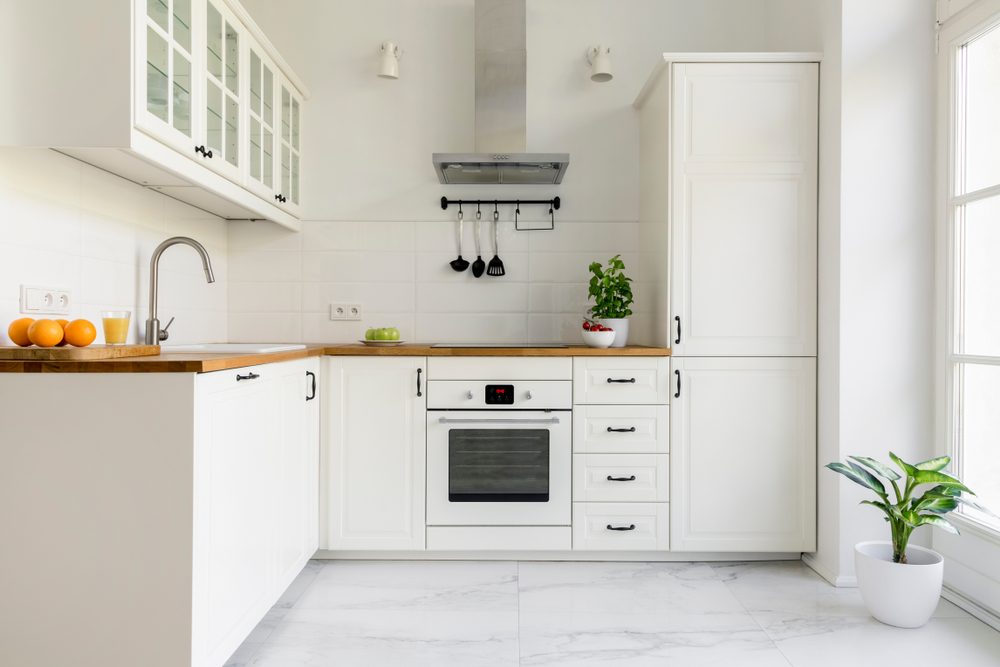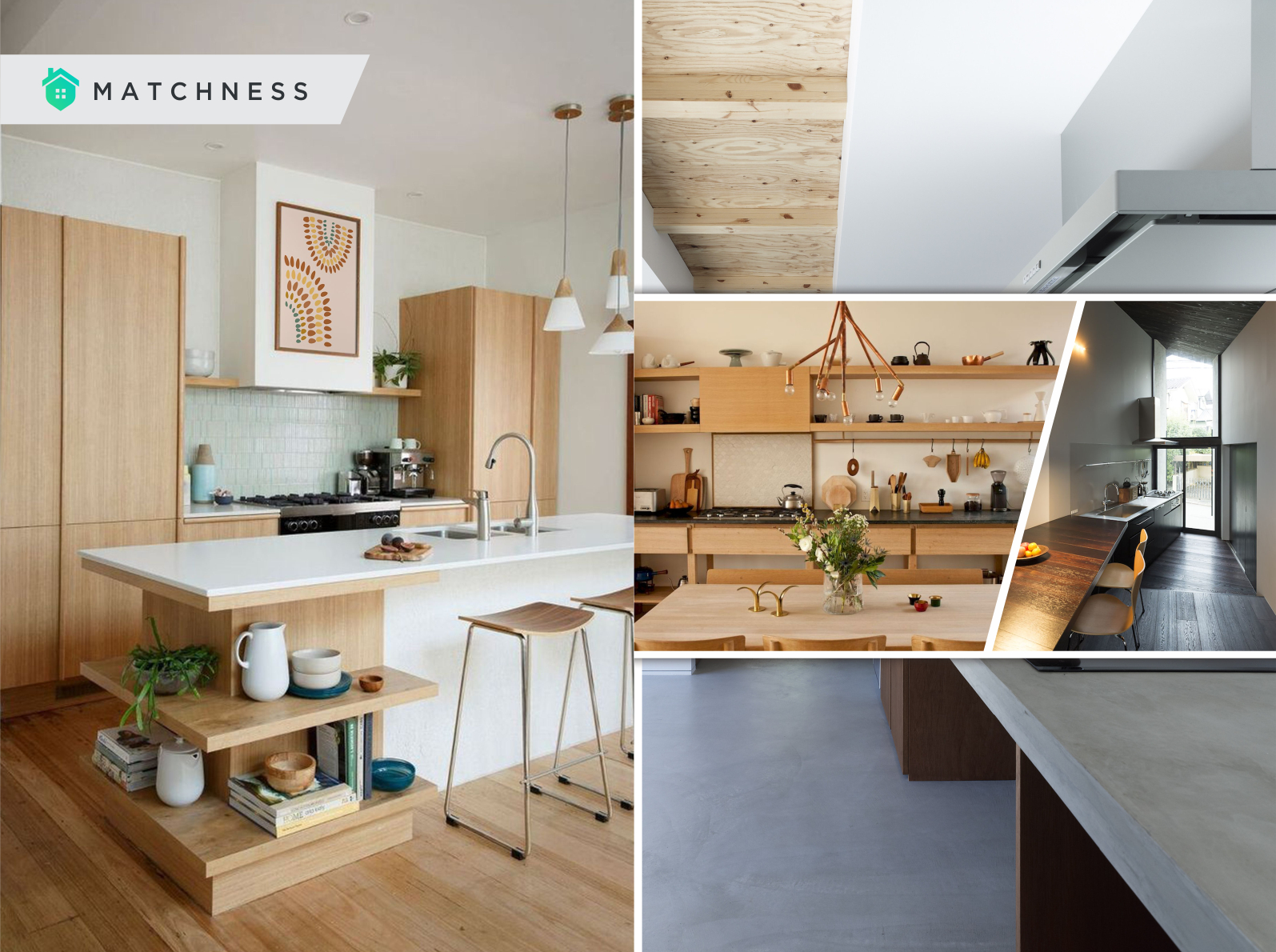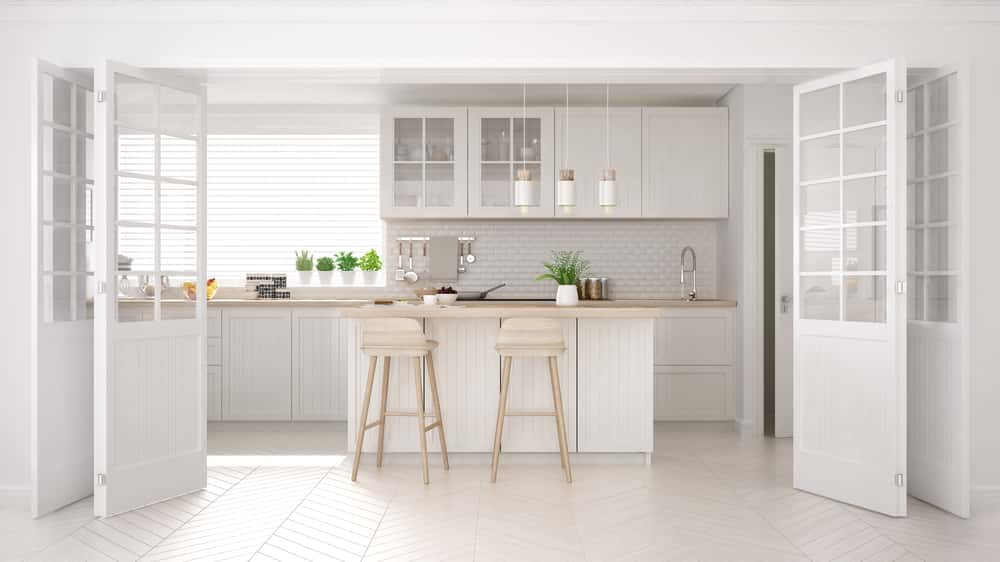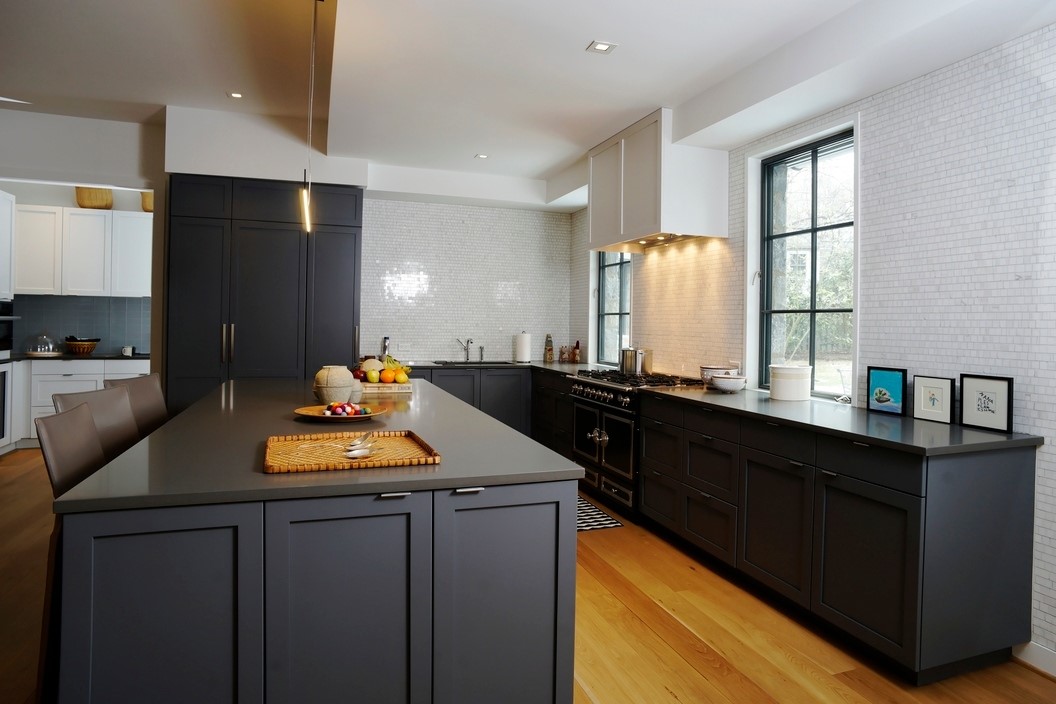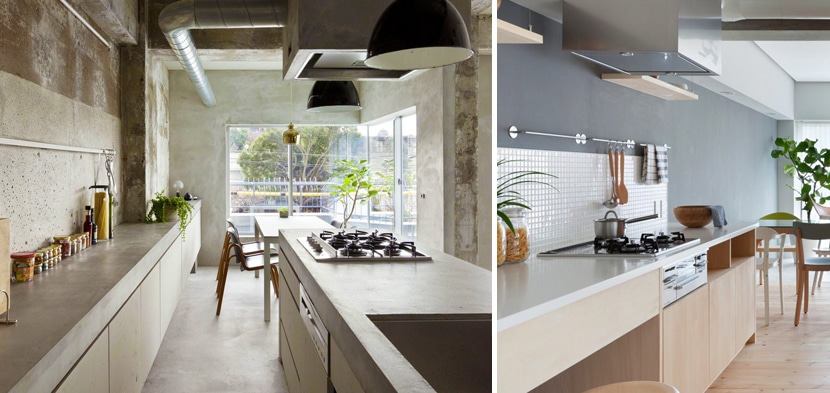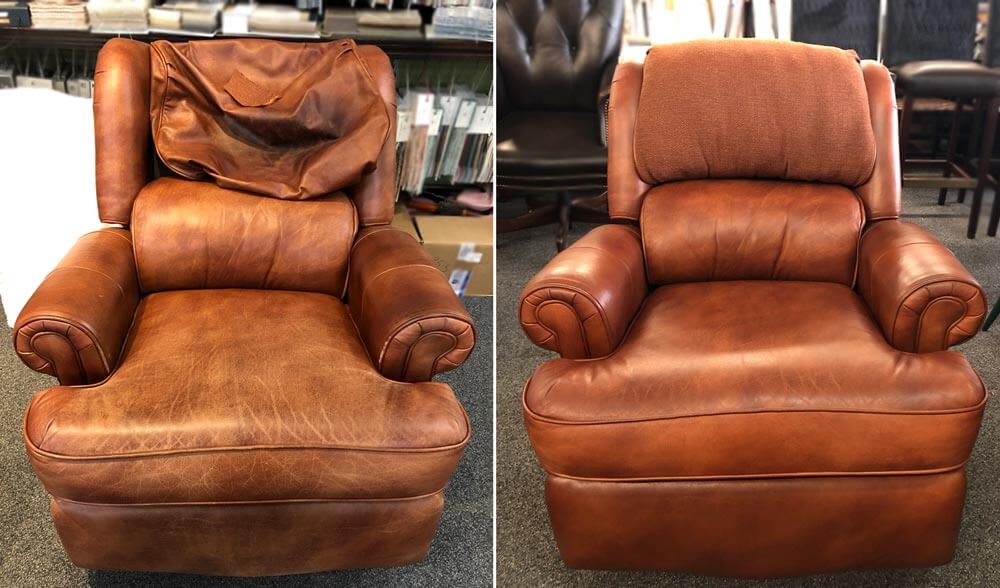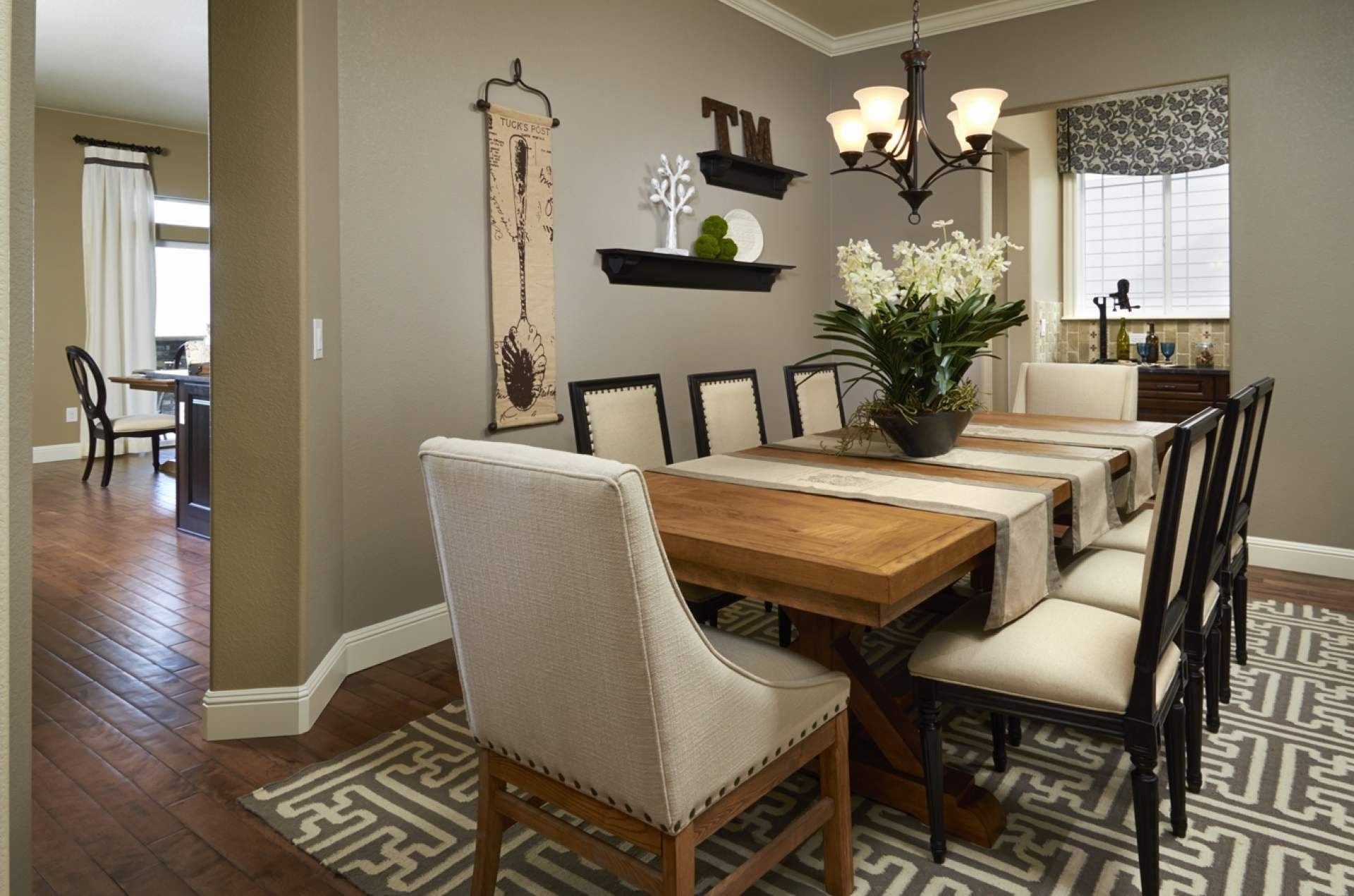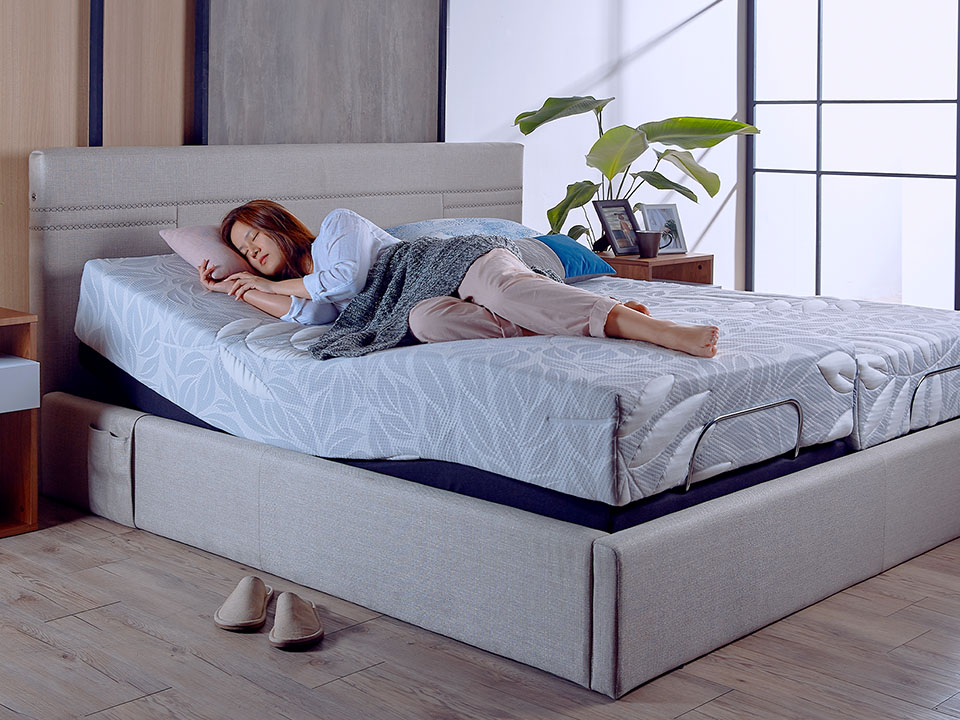Japanese-inspired kitchen design is all about simplicity, functionality, and natural elements. This style is known for its clean lines, minimalism, and use of natural materials like wood, stone, and bamboo. The key to achieving a Japanese-inspired kitchen is to create a harmonious balance between form and function. The color palette for this style is typically neutral and muted, with pops of bold colors used sparingly. A Japanese-inspired kitchen also incorporates plenty of natural light and open space to create a calming and inviting atmosphere. When it comes to furnishings, traditional Japanese elements like tatami mats and sliding doors can be incorporated, along with modern appliances and sleek, simple cabinetry. Adding in elements of nature, such as plants or a small indoor garden, can also enhance the Japanese-inspired feel of the kitchen.1. Japanese-Inspired Kitchen Design
Chinese kitchen design is all about bold colors, intricate details, and a strong sense of culture. This style is known for its use of vibrant reds, rich golds, and ornate patterns. It also incorporates elements of feng shui, with a focus on creating a harmonious and balanced space. In a Chinese kitchen, you will often see decorative accents such as lanterns, calligraphy, and artwork featuring traditional Chinese symbols and motifs. The use of natural materials like wood and bamboo is also common, as well as incorporating traditional cooking methods and tools. To create a Chinese-inspired kitchen, embrace the bold colors and intricate details, while also incorporating elements of feng shui and traditional Chinese culture. This style is perfect for those who want a kitchen that's both functional and visually stunning.2. Chinese Kitchen Design
Korean kitchen design is all about embracing the concept of "hanok," which translates to "traditional Korean house." This style is known for its use of natural materials, traditional elements, and a focus on creating a sense of balance and harmony. In a Korean kitchen, you will often see a mix of modern and traditional elements, such as sleek appliances paired with traditional pottery or wooden utensils. The color palette is typically neutral, with pops of vibrant colors used in accents like pillows or curtains. To achieve a Korean-inspired kitchen, focus on creating a space that is both simple and harmonious, with a mix of modern and traditional elements. Incorporating natural materials like wood and stone can also help to enhance the overall aesthetic.3. Korean Kitchen Design
Thai kitchen design is all about creating a warm, inviting, and lively space. This style is known for its bold colors, intricate patterns, and use of natural materials. It's also heavily influenced by the concept of "wabi-sabi," which embraces imperfection and simplicity. In a Thai kitchen, you will often see bright colors like red, orange, and yellow, mixed with neutral tones. Decorative accents like traditional Thai textiles, wooden carvings, and plants are also commonly used to add a touch of nature and culture to the space. To achieve a Thai-inspired kitchen, embrace the vibrant colors and patterns, and incorporate natural materials and decorative accents that reflect Thai culture. This style is perfect for those who want a lively and welcoming kitchen space.4. Thai Kitchen Design
Vietnamese kitchen design is all about creating a space that is both functional and visually stunning. This style is known for its use of natural elements, simple yet elegant furnishings, and a focus on creating a sense of balance and harmony. In a Vietnamese kitchen, you will often see a mix of modern and traditional elements, with a focus on showcasing natural materials like wood and stone. The color palette is typically neutral, with pops of bold colors used in accents like artwork or decorative pieces. To achieve a Vietnamese-inspired kitchen, focus on creating a space that is both simple and harmonious, with a mix of modern and traditional elements. Incorporating natural materials and adding in small touches of bold colors can also help to enhance the overall aesthetic.5. Vietnamese Kitchen Design
Asian fusion kitchen design is all about combining elements from various Asian cultures to create a unique and eclectic space. This style is known for its use of bold colors, intricate patterns, and a mix of modern and traditional elements. In an Asian fusion kitchen, you will often see a blend of traditional and modern furnishings, with pops of vibrant colors and patterns used in accents like pillows or artwork. The key to achieving this style is to embrace a mix of cultures and design elements, while also creating a cohesive and harmonious space. To achieve an Asian fusion kitchen, have fun with mixing and matching different elements, textures, and colors. This style is perfect for those who want a kitchen that is both visually interesting and reflects their love for Asian culture.6. Asian Fusion Kitchen Design
Zen kitchen design is all about creating a space that is calming, peaceful, and clutter-free. This style is heavily influenced by Zen Buddhism and focuses on creating a sense of balance and harmony through simplicity. In a Zen kitchen, you will often see a minimalist approach to design, with clean lines, neutral colors, and natural materials like wood and stone. The goal is to create a space that is both functional and serene, with minimal distractions and clutter. To achieve a Zen-inspired kitchen, focus on creating a clutter-free and serene space, with a mix of natural materials and simple furnishings. This style is perfect for those who want a kitchen that promotes relaxation and mindfulness.7. Zen Kitchen Design
Bamboo kitchen design is all about incorporating the sustainable and versatile material of bamboo into the space. This style is known for its use of natural materials, simple yet elegant furnishings, and eco-friendly design principles. In a bamboo kitchen, you will often see bamboo used in various forms, such as flooring, cabinetry, or decorative accents. The color palette is typically neutral, with pops of bold colors used in accents like cushions or curtains. To achieve a bamboo-inspired kitchen, focus on incorporating bamboo in various forms and embrace a simple and eco-friendly design approach. This style is perfect for those who want a kitchen that is both sustainable and visually appealing.8. Bamboo Kitchen Design
Feng shui kitchen design is all about creating a space that promotes balance, harmony, and positive energy flow. This style is heavily influenced by the Chinese philosophy of feng shui, which focuses on creating a harmonious and balanced environment. In a feng shui kitchen, you will often see a mix of modern and traditional elements, with a focus on creating a clutter-free and open space. The color palette is typically soft and neutral, with pops of bold colors used sparingly. To achieve a feng shui-inspired kitchen, focus on creating a space that promotes positive energy flow and balance, while also incorporating traditional Chinese elements and design principles. This style is perfect for those who want a kitchen that promotes harmony and well-being.9. Feng Shui Kitchen Design
Asian minimalist kitchen design is all about creating a space that is simple, functional, and visually stunning. This style is heavily influenced by the concept of minimalism, which focuses on decluttering and simplifying the home. In an Asian minimalist kitchen, you will often see clean lines, neutral colors, and a lack of decorative accents or clutter. The key to achieving this style is to focus on creating a space that is visually appealing while also being highly functional. To achieve an Asian minimalist kitchen, focus on decluttering and simplifying the space, while also incorporating natural materials and simple yet elegant furnishings. This style is perfect for those who want a kitchen that is both visually stunning and easy to maintain.10. Asian Minimalist Kitchen Design
The Influence of Asian Style in Kitchen Design

Bringing Harmony and Balance into Your Home
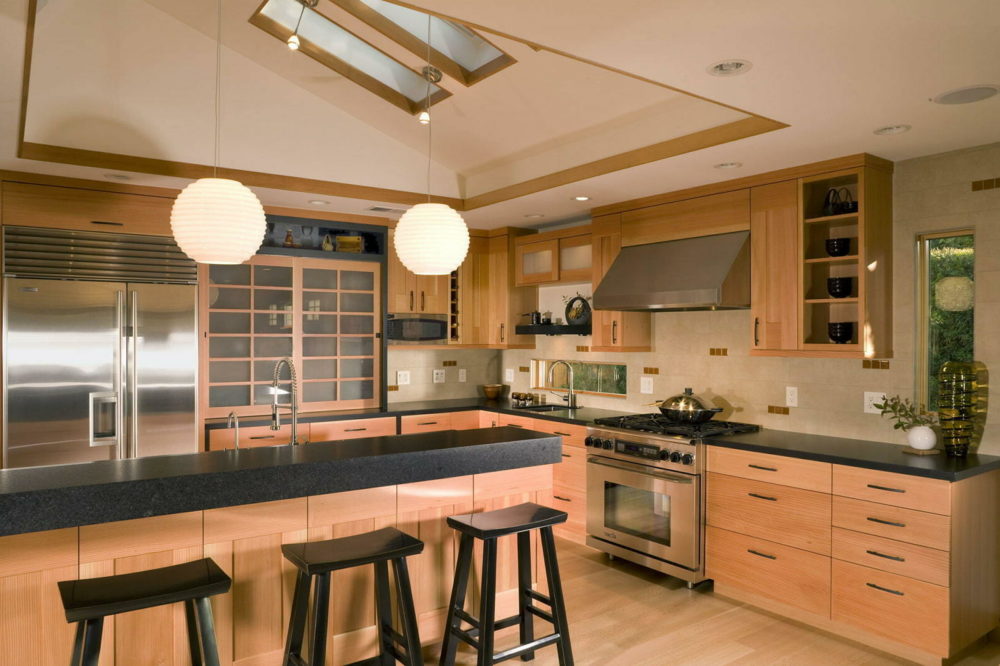 Asian style kitchen design is a popular trend that has been gaining momentum in recent years. Inspired by the rich and diverse cultures of Asia, this design style offers a unique blend of functionality, simplicity, and elegance. Drawing from the principles of balance, harmony, and nature, Asian style kitchens exude a sense of tranquility and peace, making them the perfect space for cooking and gathering with loved ones.
Balance
is a key element in Asian style kitchen design. This is achieved through the use of
symmetry
and
proportion
in the layout, as well as the incorporation of elements from both yin and yang energies. The yin energy represents feminine qualities such as softness, while the yang energy represents masculine qualities like strength. By bringing these two energies into balance, an Asian style kitchen creates a space that is both
functional
and
beautiful
.
One of the most defining features of an Asian style kitchen is the use of
natural materials
. From bamboo to wood, stone to clay, these materials not only add an
organic
and
earthy
feel to the space, but they also bring a sense of
harmony
with nature. In traditional Asian cultures, there is a deep respect for the environment, and this is reflected in the design of their homes. Using natural materials also adds a touch of
warmth
and
texture
to the kitchen, creating a welcoming and inviting atmosphere.
Another important aspect of Asian style kitchen design is the use of
minimalism
. This design philosophy emphasizes the
simplicity
and
functionality
of a space, with a focus on only including what is necessary. In an Asian style kitchen, this means incorporating
clean lines
and
uncluttered
surfaces. This not only creates a visually appealing space, but it also allows for
efficient
and
practical
use of the kitchen.
Incorporating
natural light
is also crucial in an Asian style kitchen. Large windows or skylights allow for
ample
natural light to flood the space, creating a bright and airy atmosphere. This further adds to the sense of harmony with nature and helps to create a
warm
and
inviting
atmosphere.
In conclusion, Asian style kitchen design is a perfect balance of functionality, simplicity, and elegance. By incorporating elements of balance, nature, minimalism, and natural light, this style creates a space that is not only beautiful but also promotes a sense of
well-being
and
harmony
. Whether you are looking to remodel your kitchen or simply add a touch of Asian influence, incorporating these elements into your design will surely bring a sense of peace and balance into your home.
Asian style kitchen design is a popular trend that has been gaining momentum in recent years. Inspired by the rich and diverse cultures of Asia, this design style offers a unique blend of functionality, simplicity, and elegance. Drawing from the principles of balance, harmony, and nature, Asian style kitchens exude a sense of tranquility and peace, making them the perfect space for cooking and gathering with loved ones.
Balance
is a key element in Asian style kitchen design. This is achieved through the use of
symmetry
and
proportion
in the layout, as well as the incorporation of elements from both yin and yang energies. The yin energy represents feminine qualities such as softness, while the yang energy represents masculine qualities like strength. By bringing these two energies into balance, an Asian style kitchen creates a space that is both
functional
and
beautiful
.
One of the most defining features of an Asian style kitchen is the use of
natural materials
. From bamboo to wood, stone to clay, these materials not only add an
organic
and
earthy
feel to the space, but they also bring a sense of
harmony
with nature. In traditional Asian cultures, there is a deep respect for the environment, and this is reflected in the design of their homes. Using natural materials also adds a touch of
warmth
and
texture
to the kitchen, creating a welcoming and inviting atmosphere.
Another important aspect of Asian style kitchen design is the use of
minimalism
. This design philosophy emphasizes the
simplicity
and
functionality
of a space, with a focus on only including what is necessary. In an Asian style kitchen, this means incorporating
clean lines
and
uncluttered
surfaces. This not only creates a visually appealing space, but it also allows for
efficient
and
practical
use of the kitchen.
Incorporating
natural light
is also crucial in an Asian style kitchen. Large windows or skylights allow for
ample
natural light to flood the space, creating a bright and airy atmosphere. This further adds to the sense of harmony with nature and helps to create a
warm
and
inviting
atmosphere.
In conclusion, Asian style kitchen design is a perfect balance of functionality, simplicity, and elegance. By incorporating elements of balance, nature, minimalism, and natural light, this style creates a space that is not only beautiful but also promotes a sense of
well-being
and
harmony
. Whether you are looking to remodel your kitchen or simply add a touch of Asian influence, incorporating these elements into your design will surely bring a sense of peace and balance into your home.
The Influence of Asian Style in Kitchen Design

Bringing Harmony and Balance into Your Home

Asian style kitchen design is a popular trend that has been gaining momentum in recent years. Inspired by the rich and diverse cultures of Asia, this design style offers a unique blend of functionality, simplicity, and elegance. Drawing from the principles of balance, harmony, and nature, Asian style kitchens exude a sense of tranquility and peace, making them the perfect space for cooking and gathering with loved ones.
Balance is a key element in Asian style kitchen design. This is achieved through the use of symmetry and proportion in the layout, as well as the incorporation of elements from both yin and yang energies. The yin energy represents feminine qualities such as softness, while the yang energy represents masculine qualities like strength. By bringing these two energies into balance, an Asian style kitchen creates a space that is both functional and beautiful .
One of the most defining features of an Asian style kitchen is the use of natural materials . From bamboo to wood, stone to clay, these materials not only add an organic and earthy feel to the space, but they also bring a sense of harmony with nature.
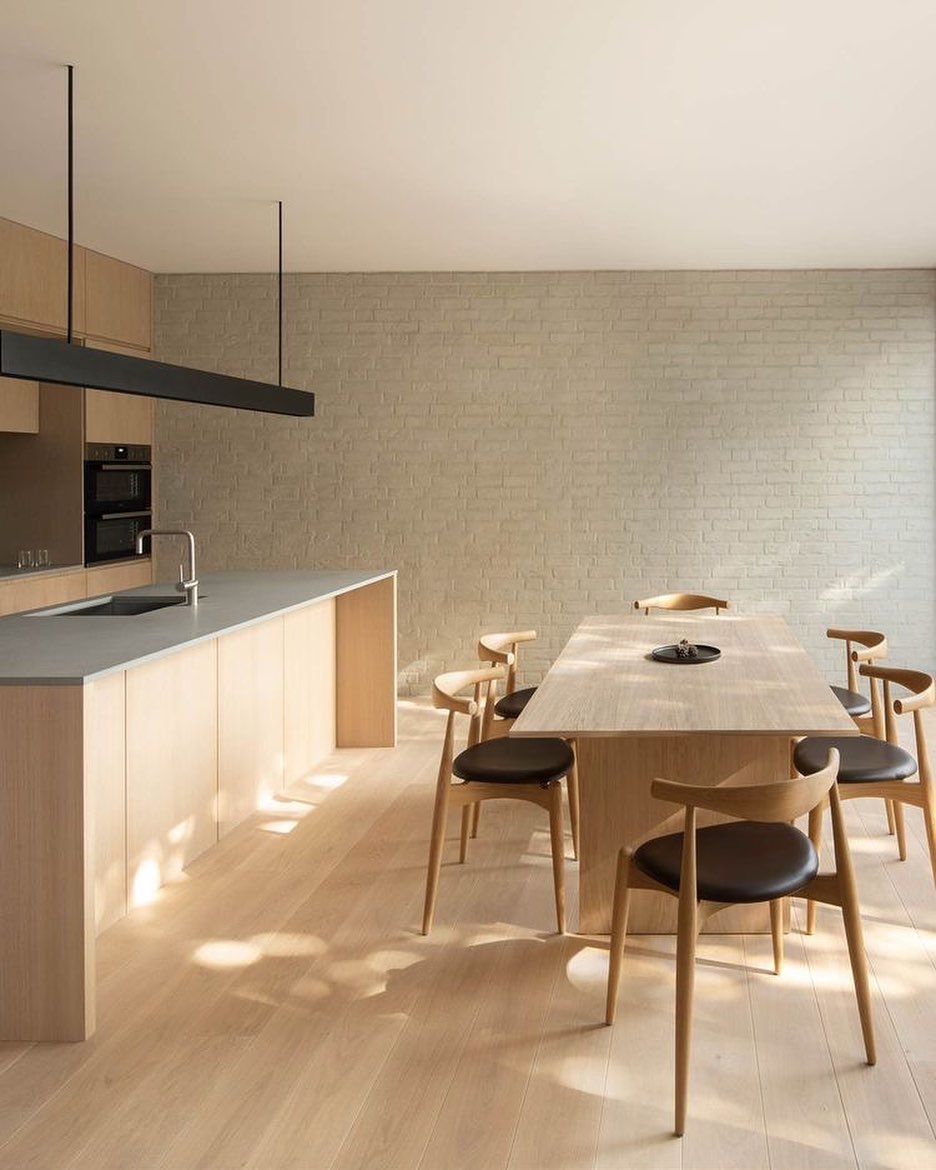

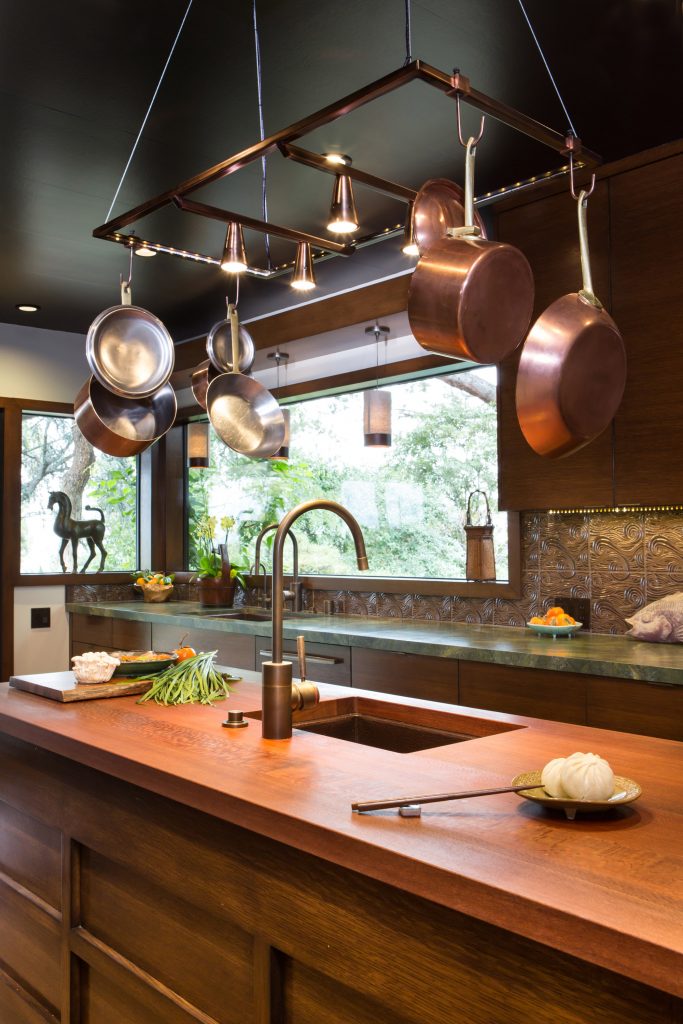
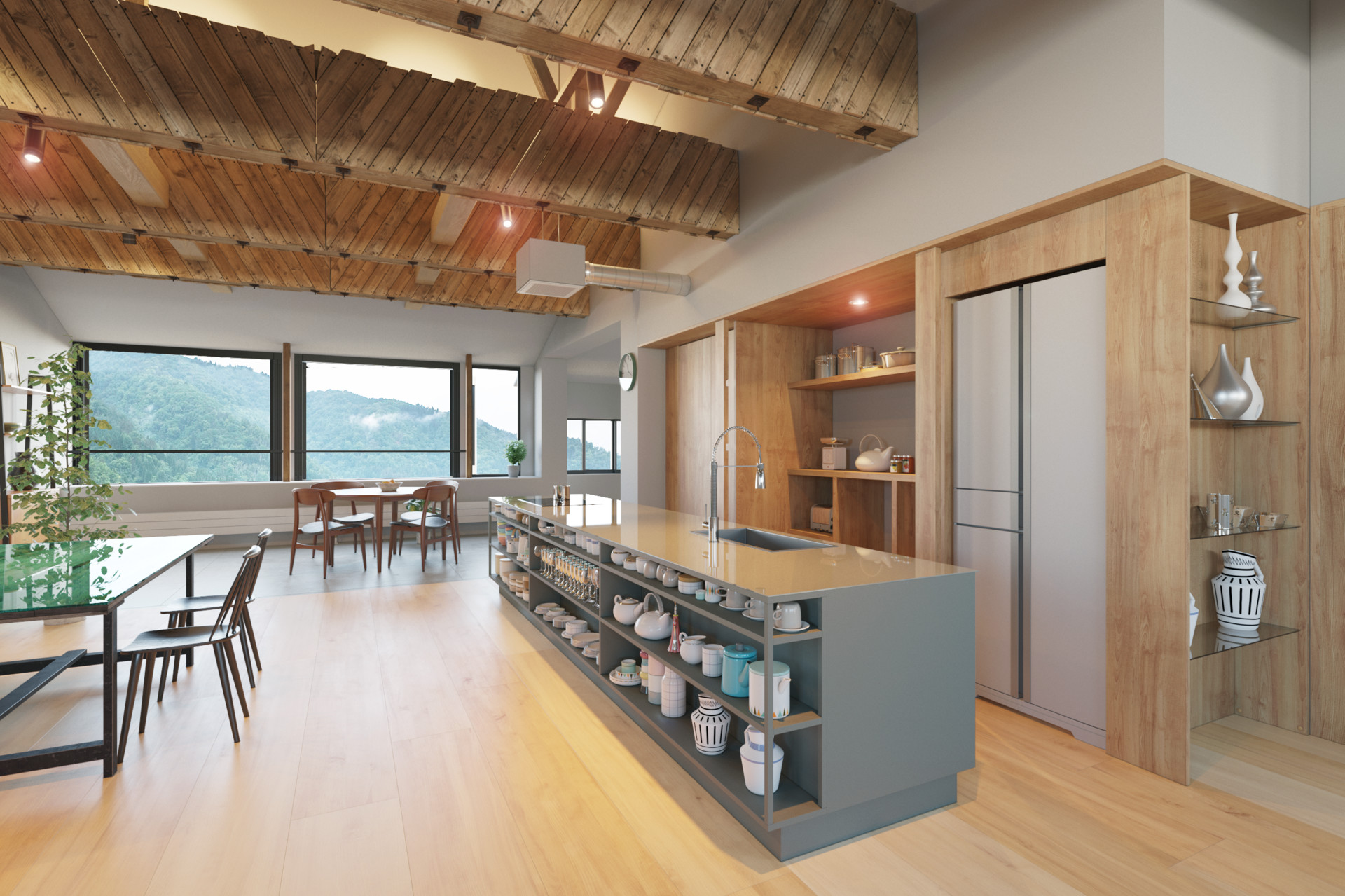

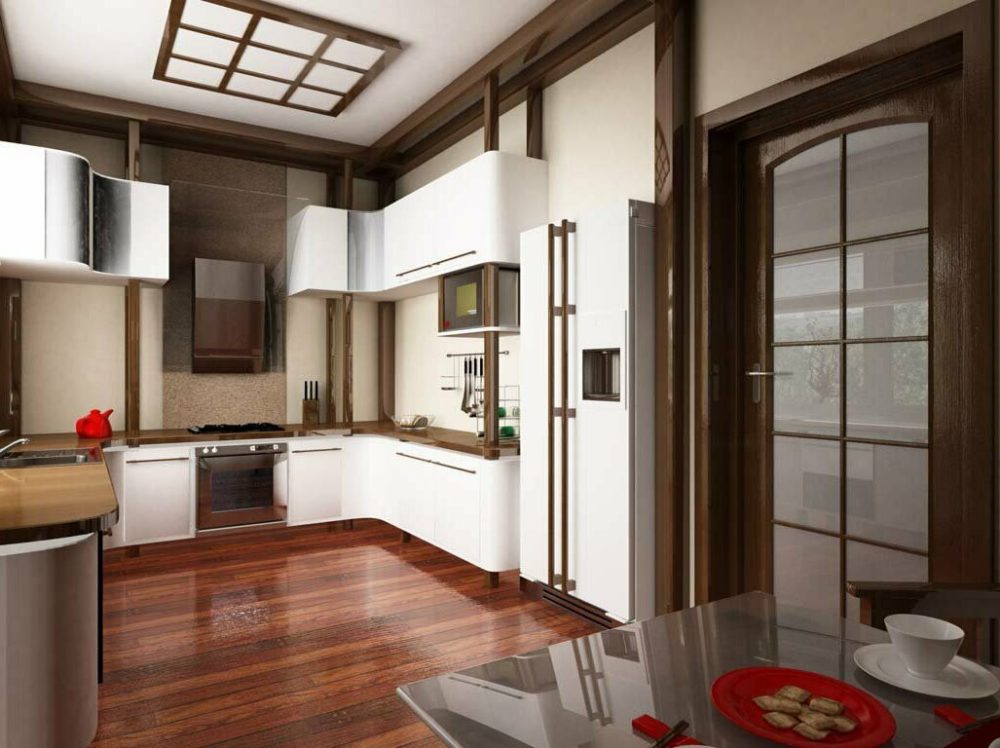



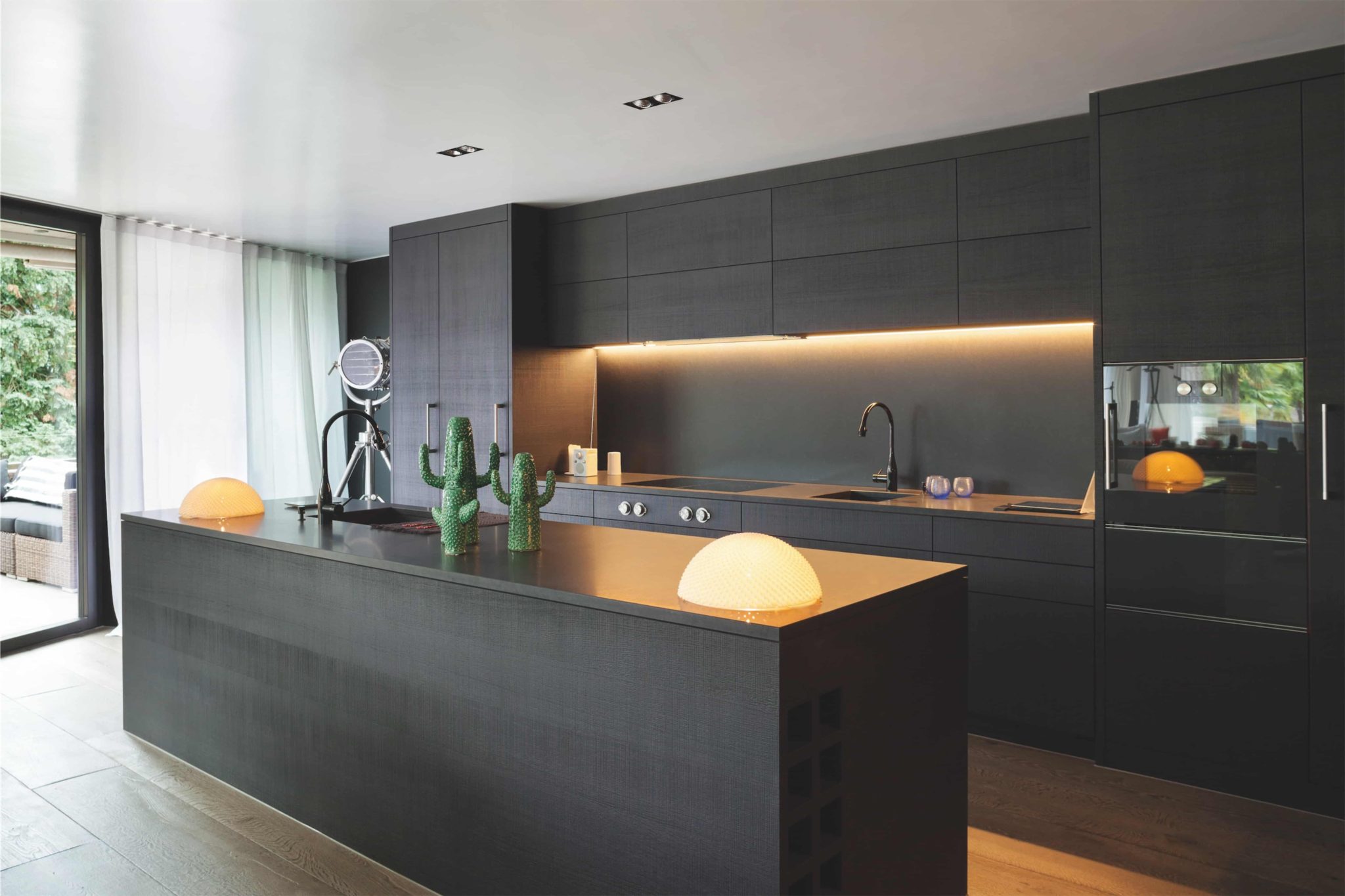
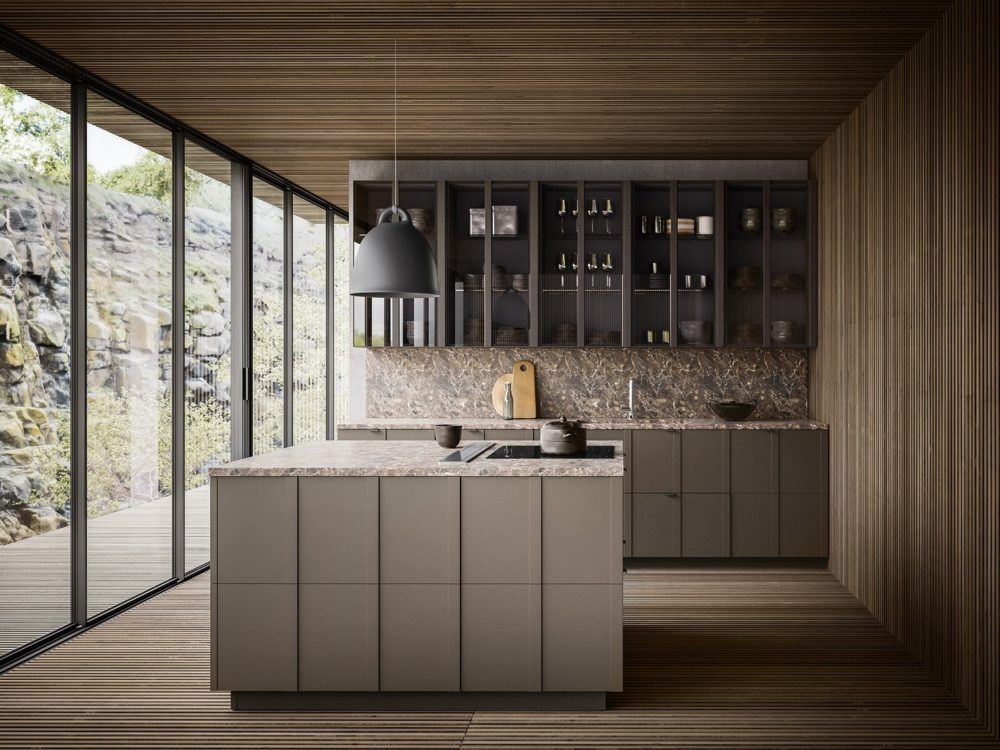





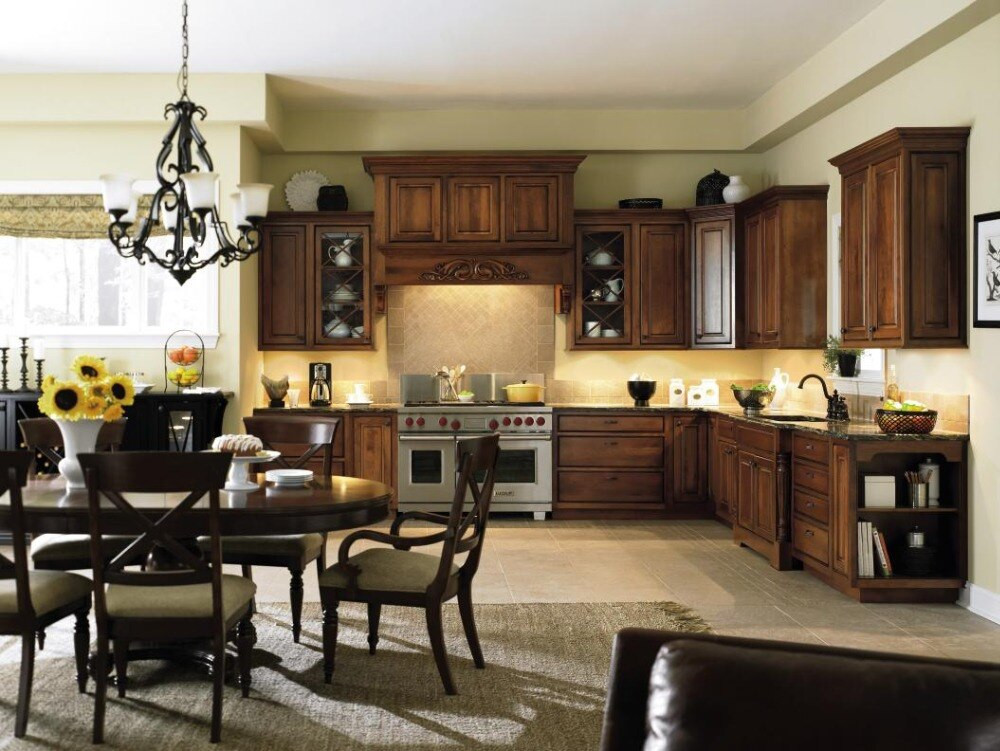











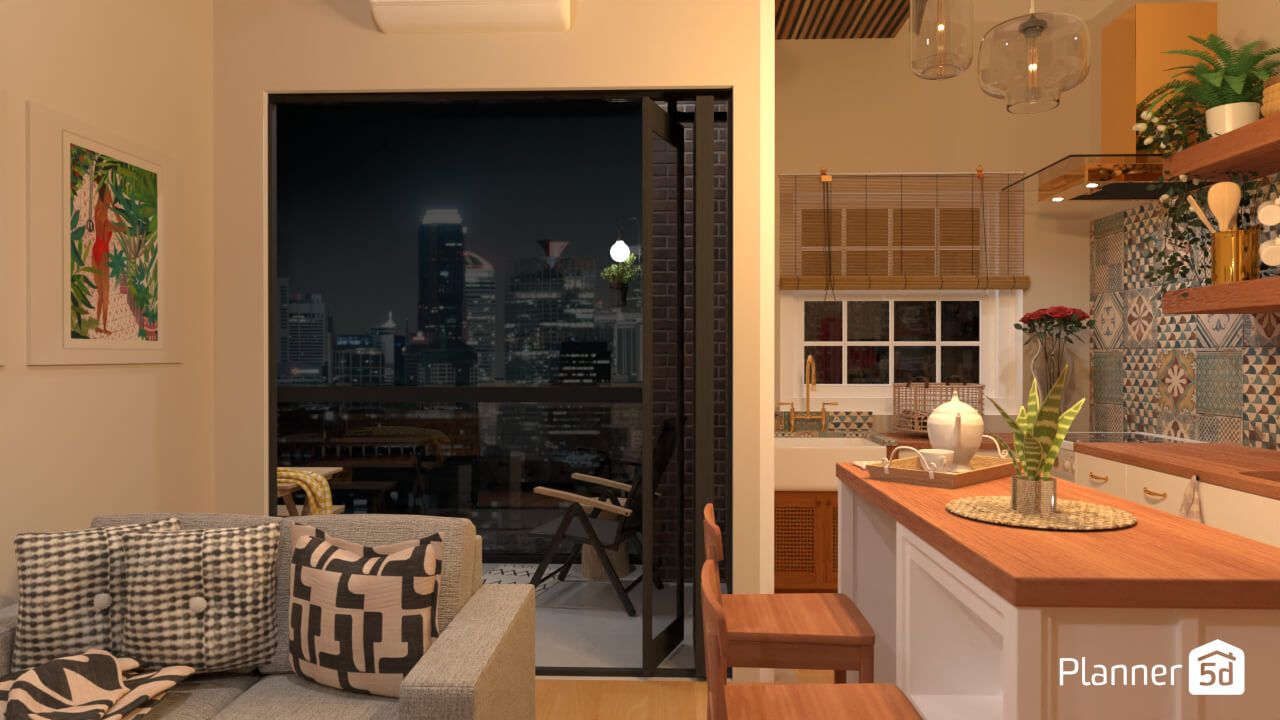


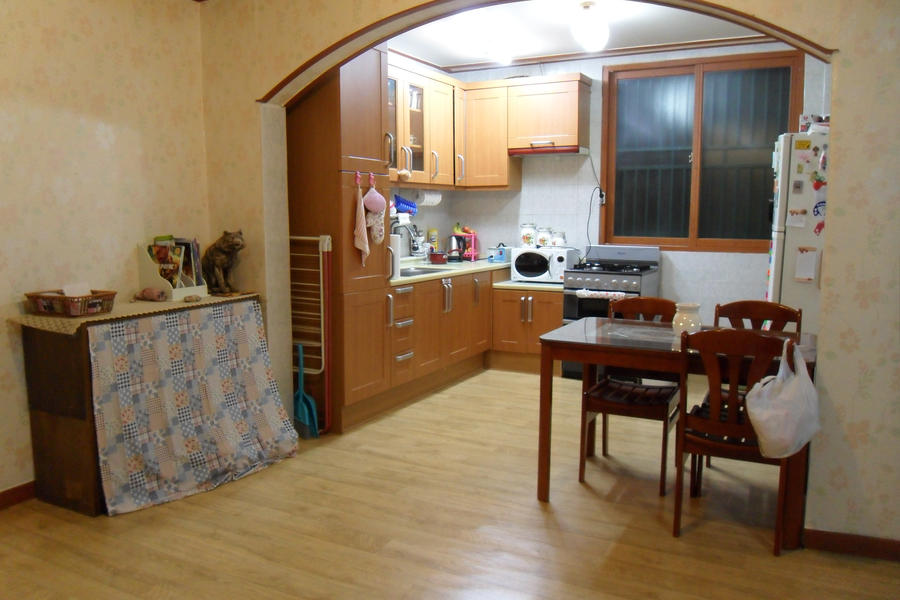

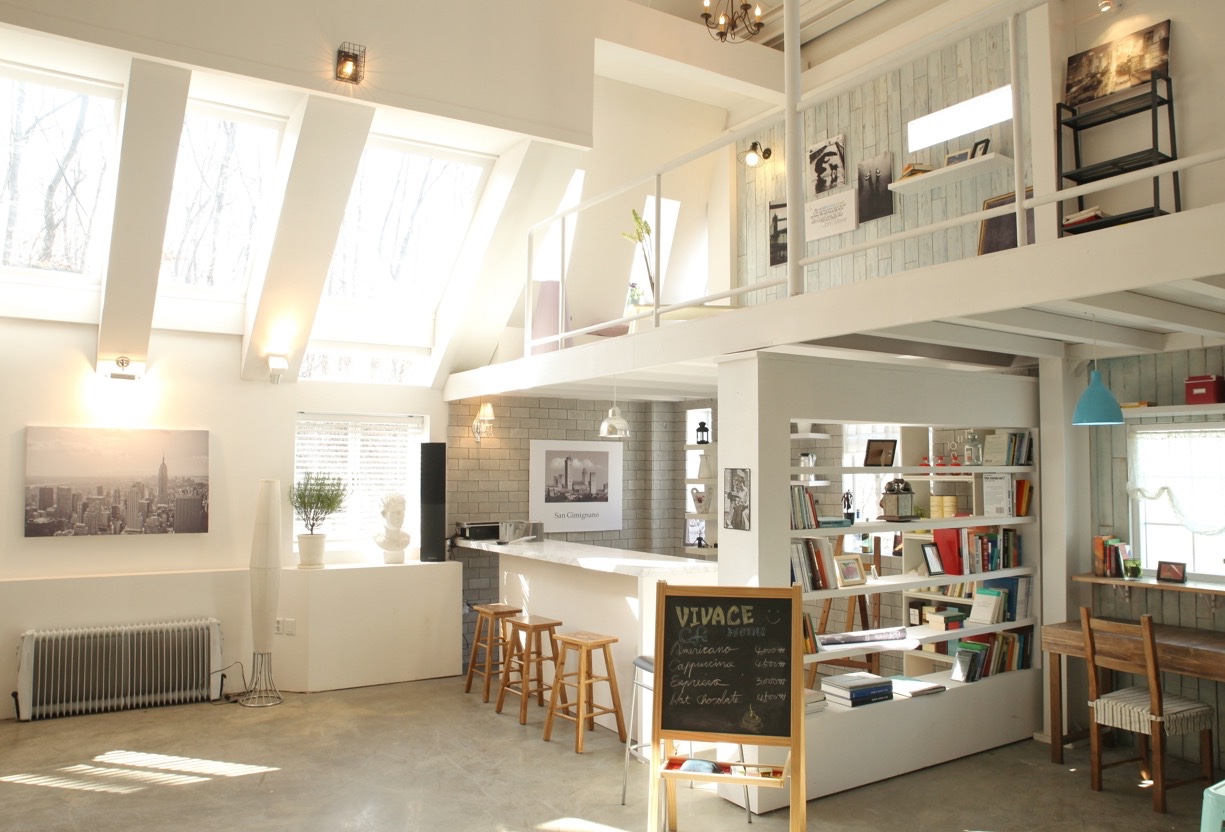
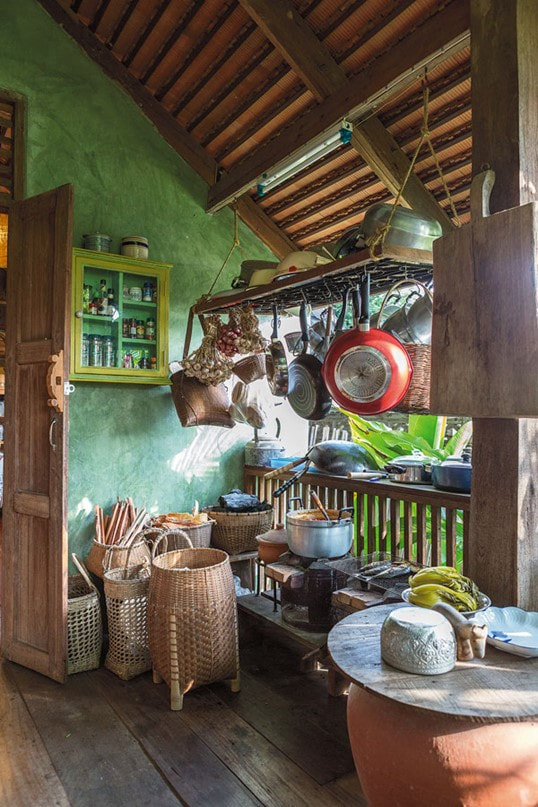




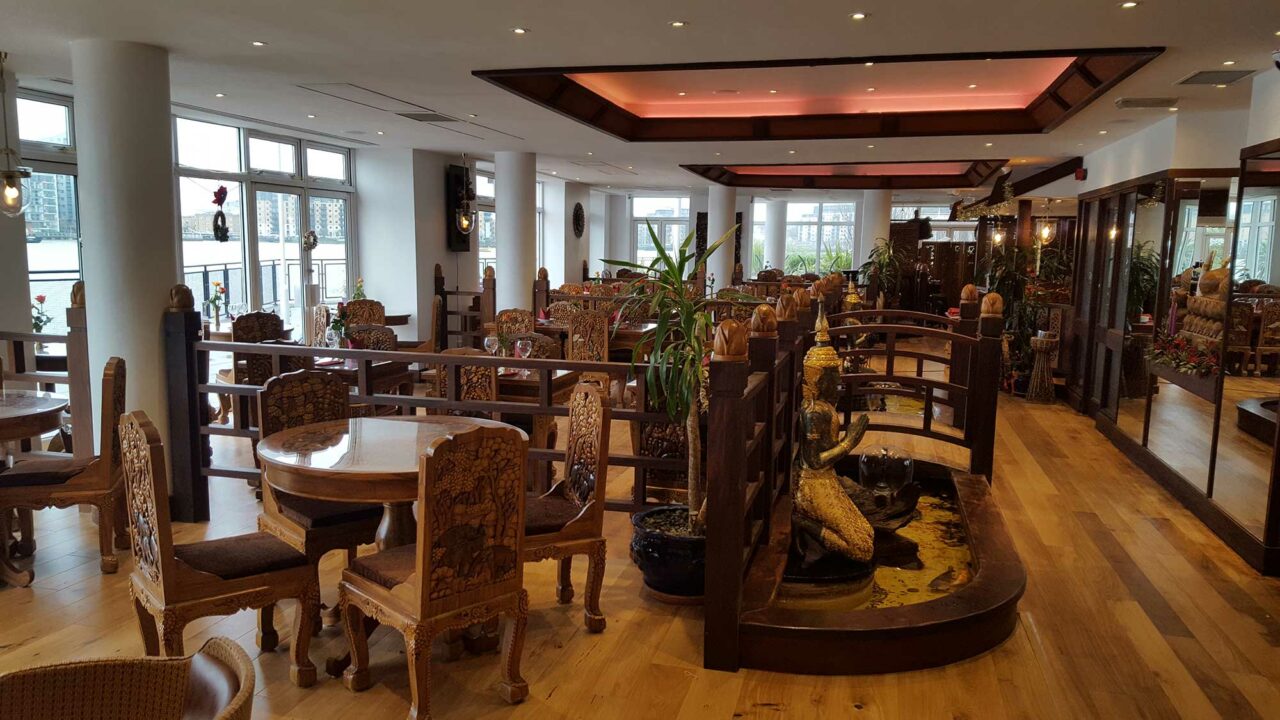
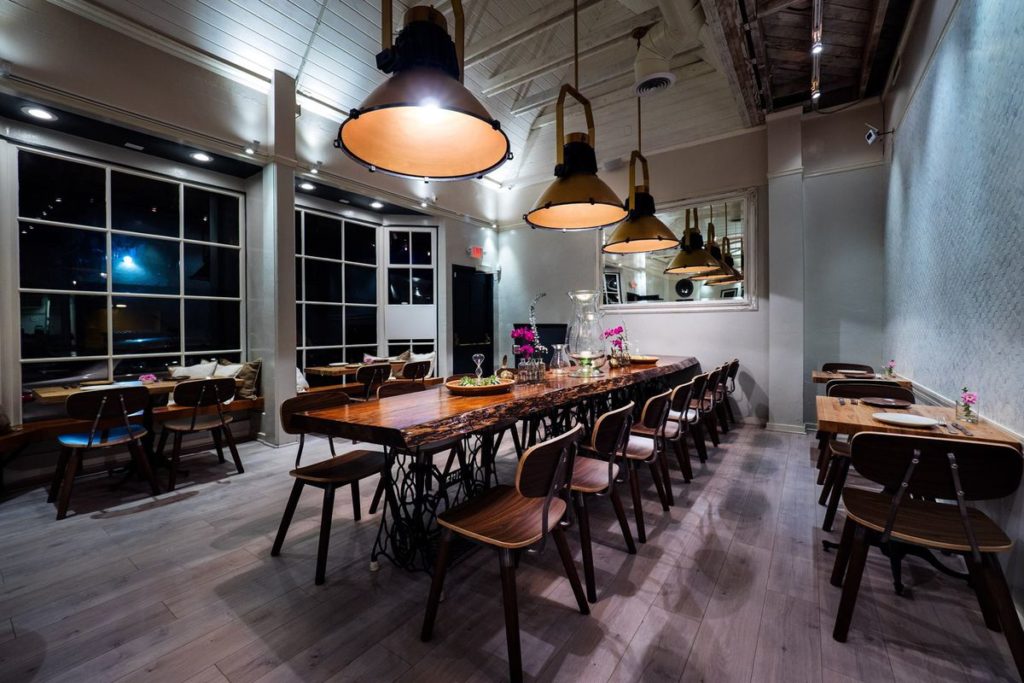



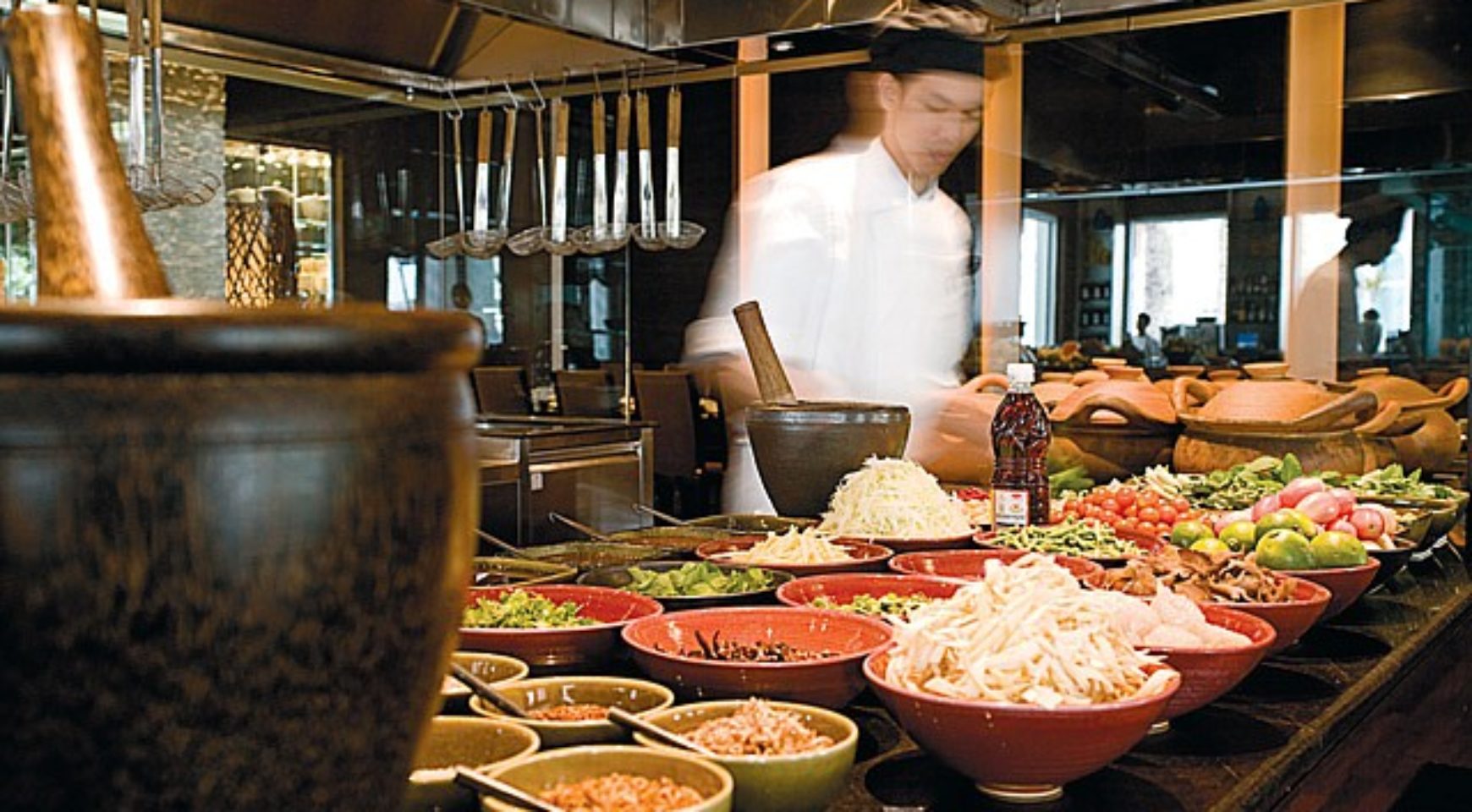
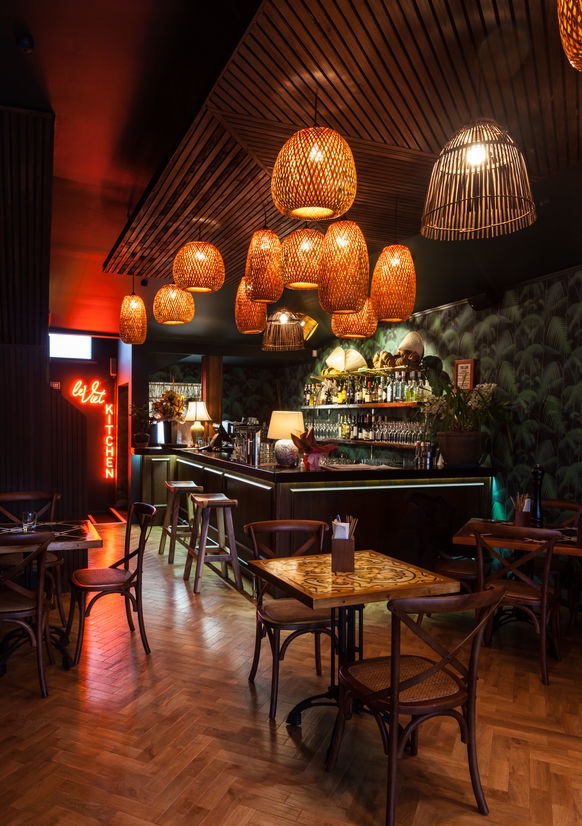



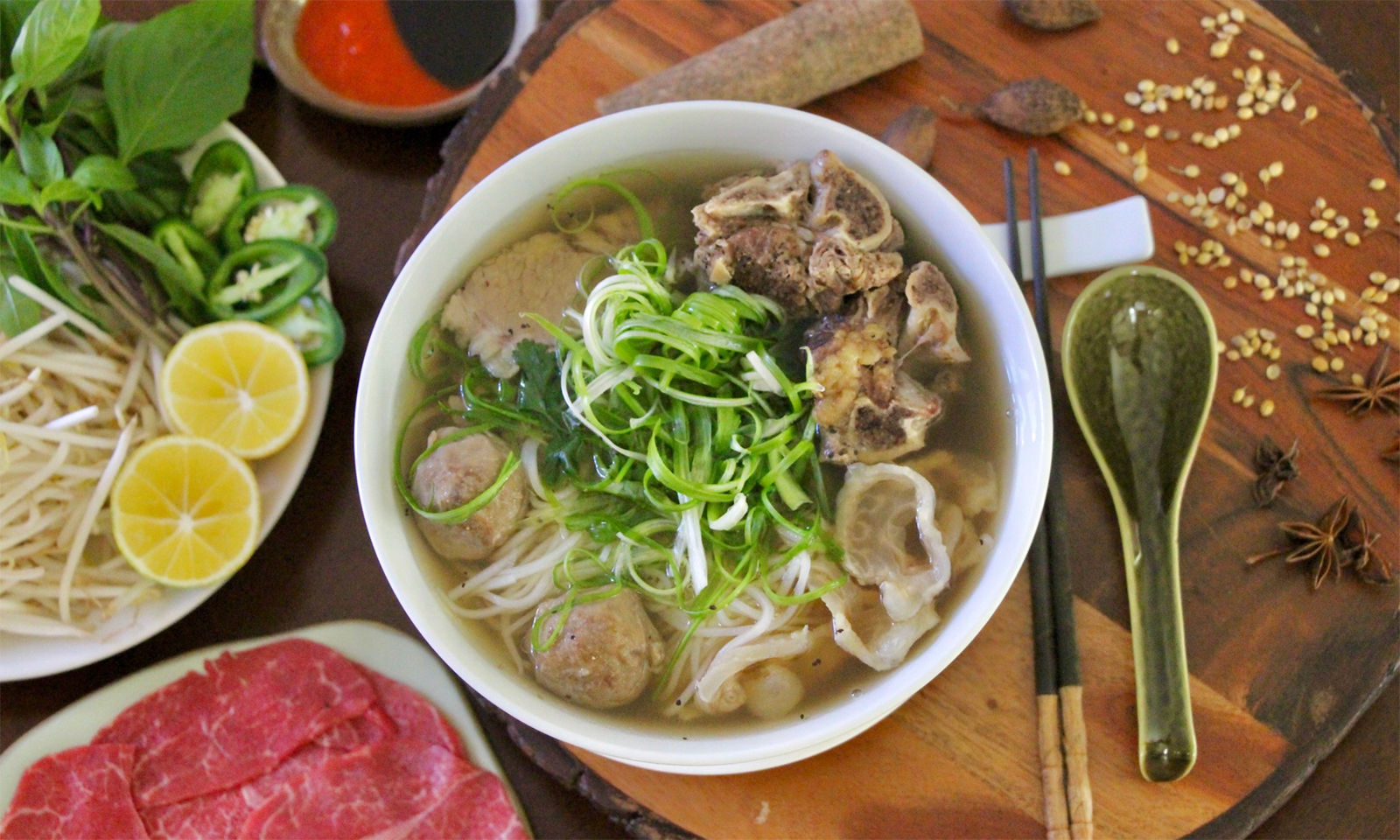
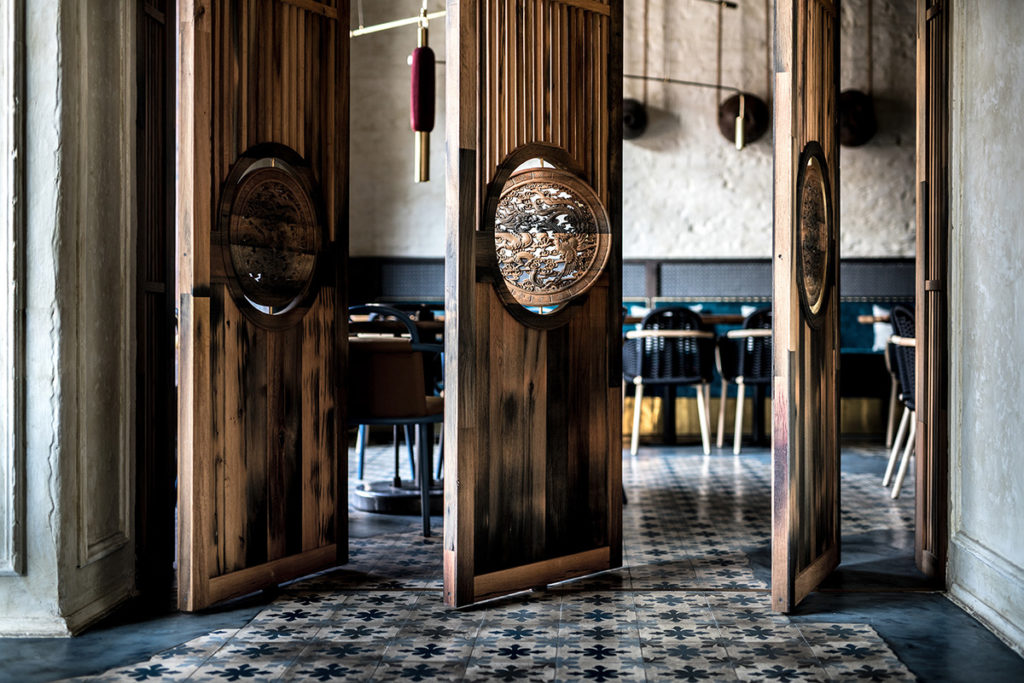

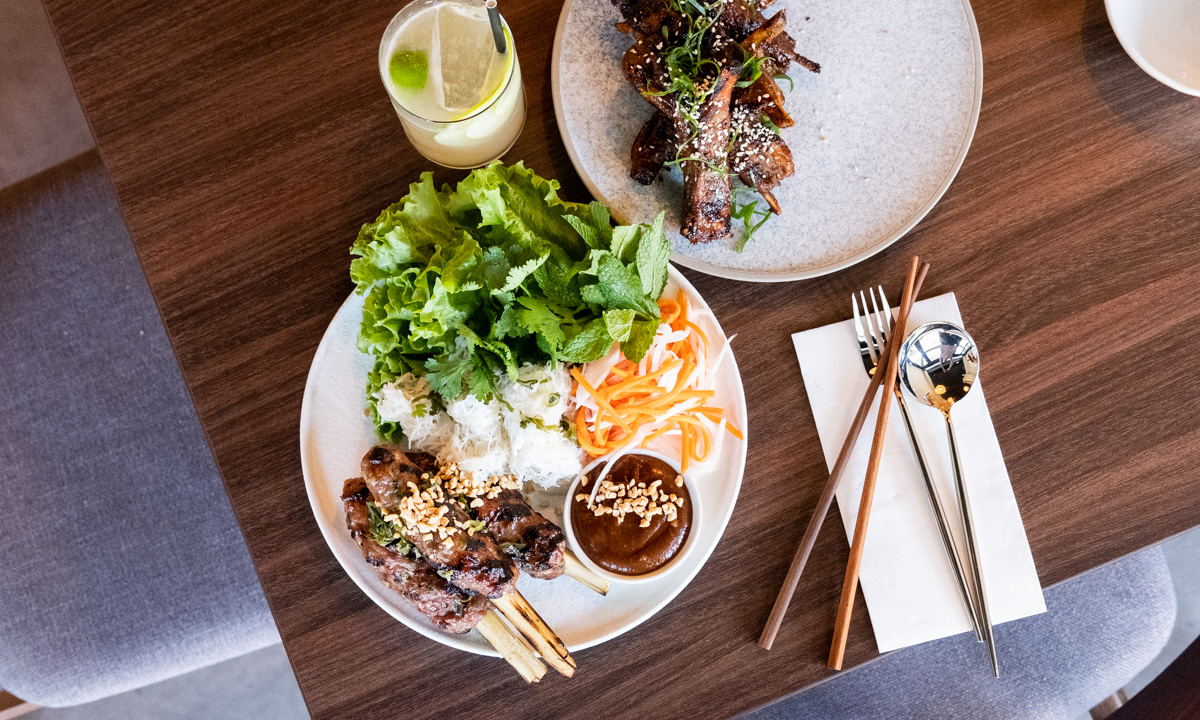
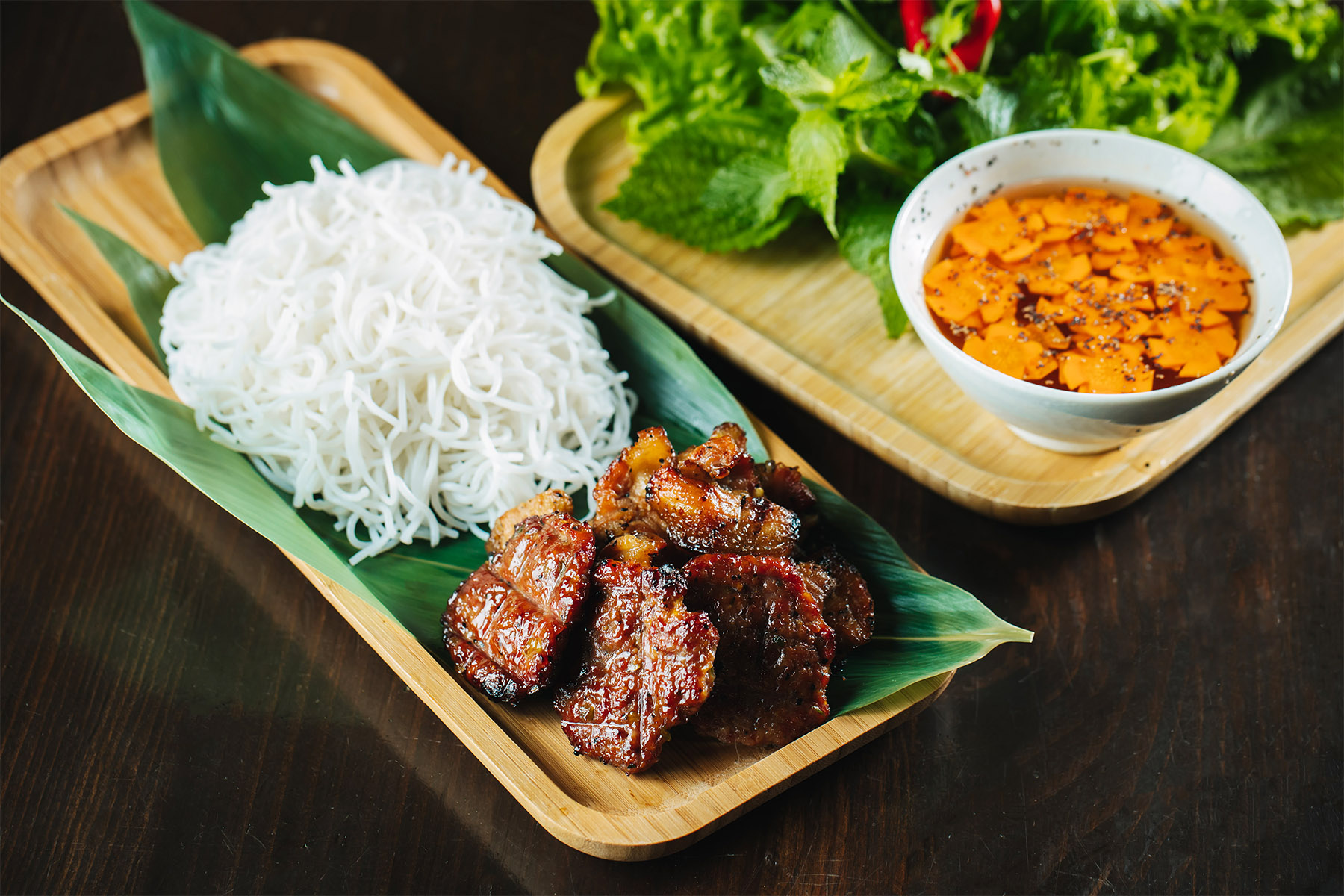

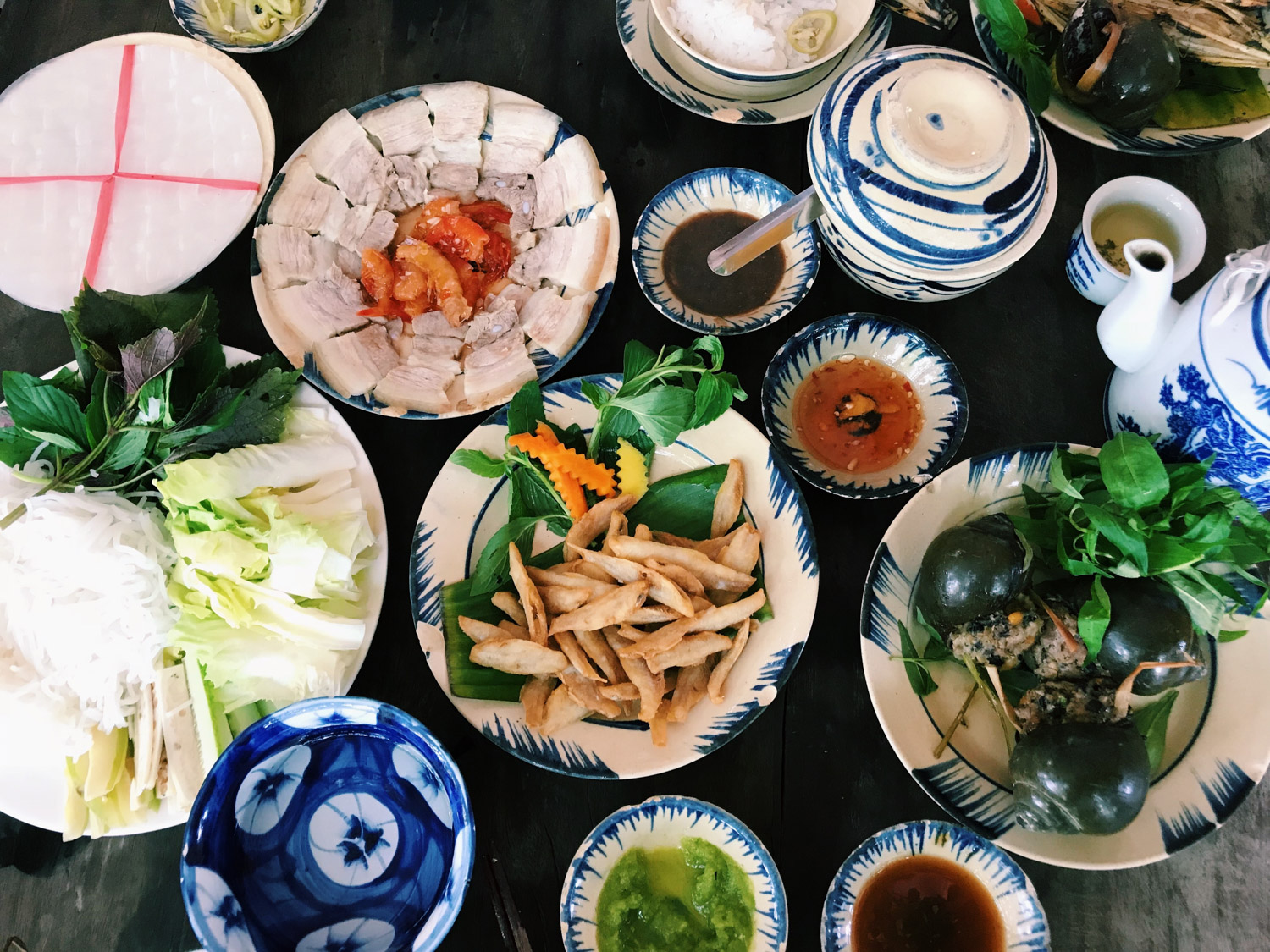
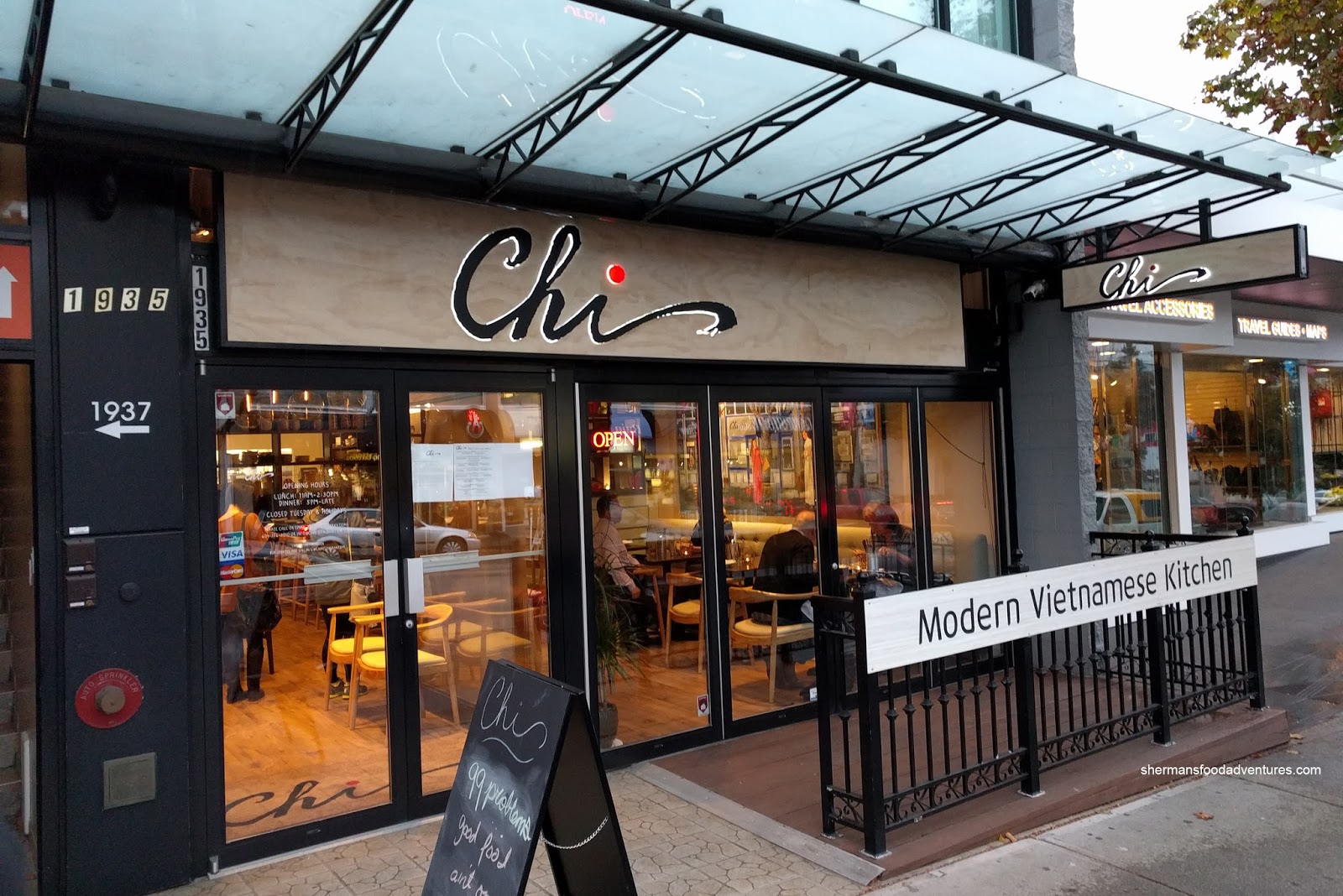







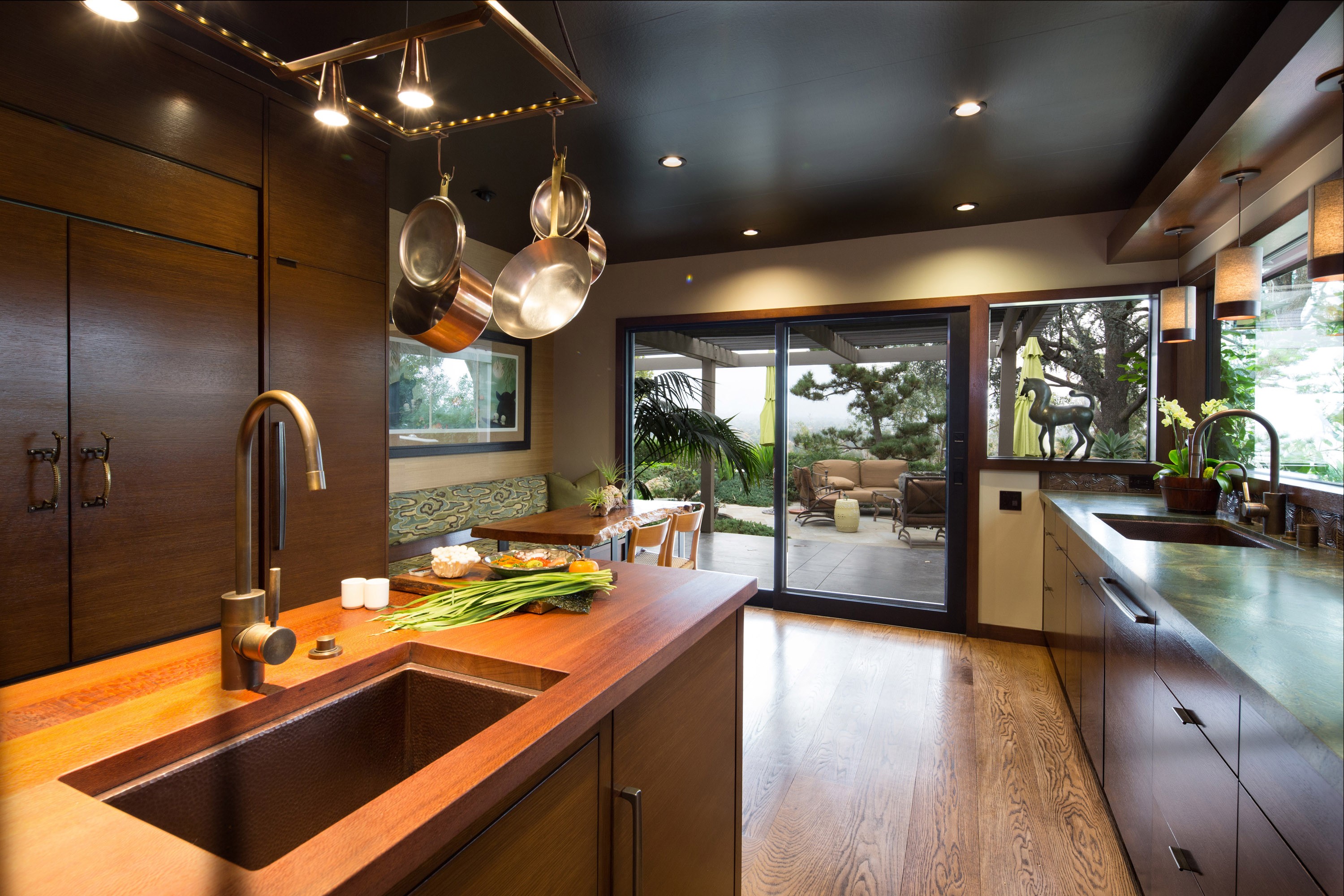




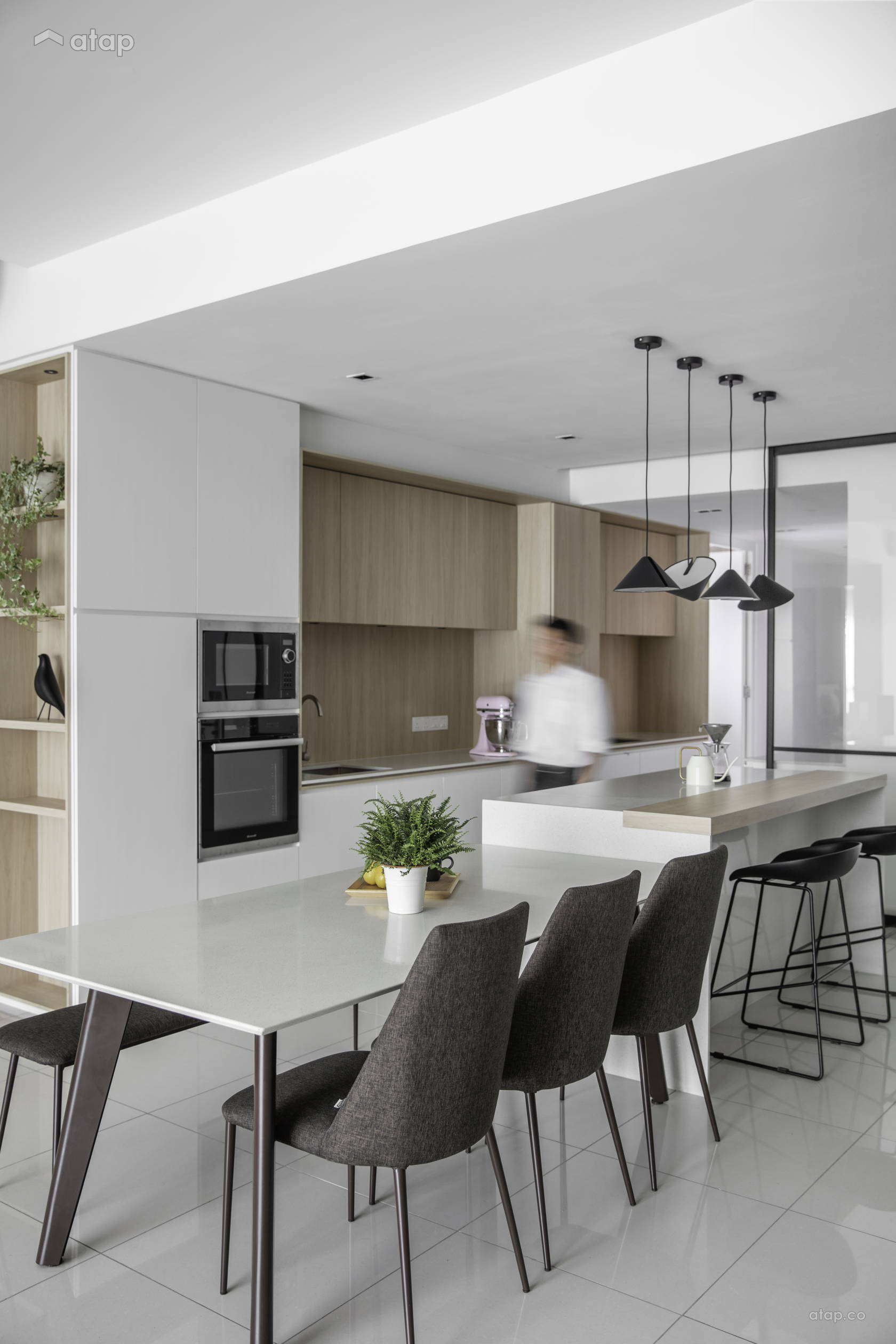

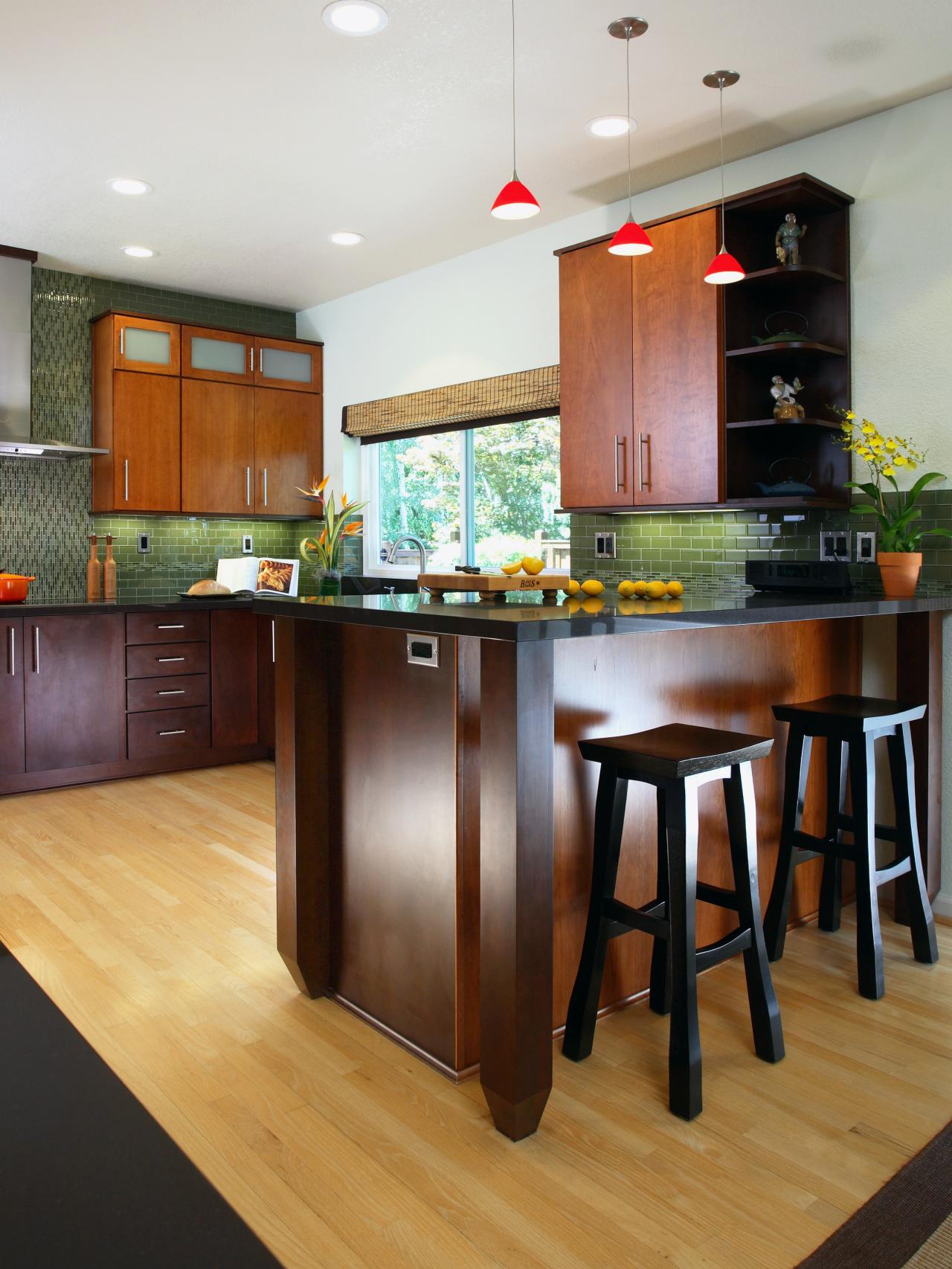





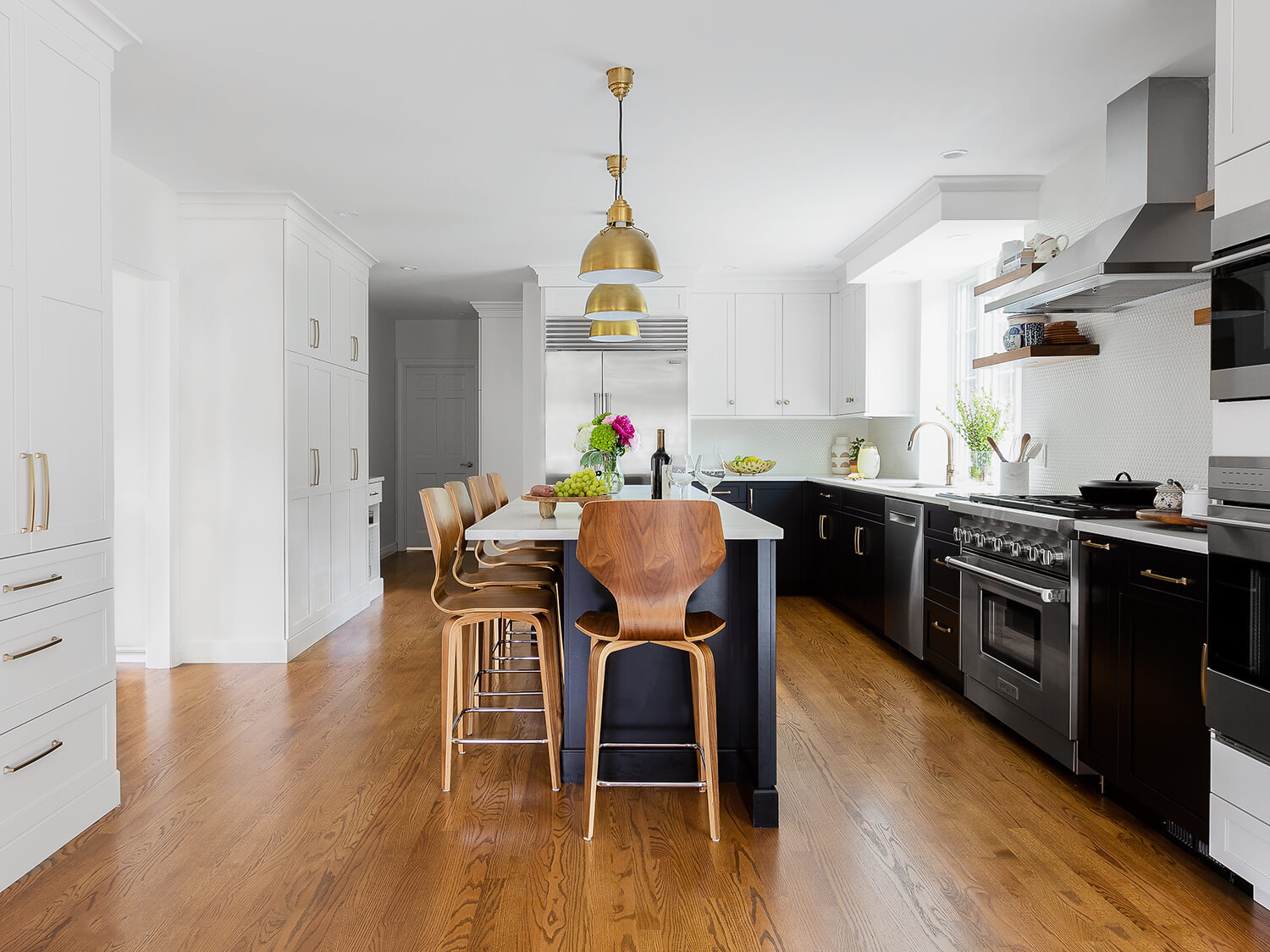

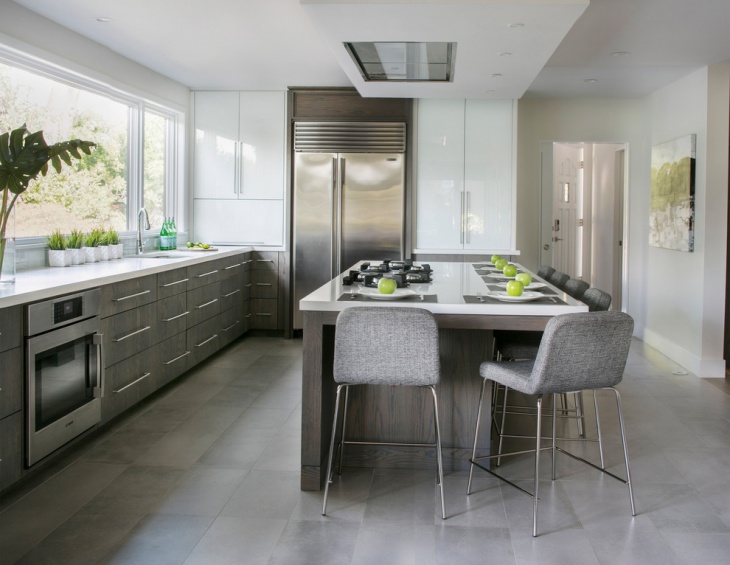

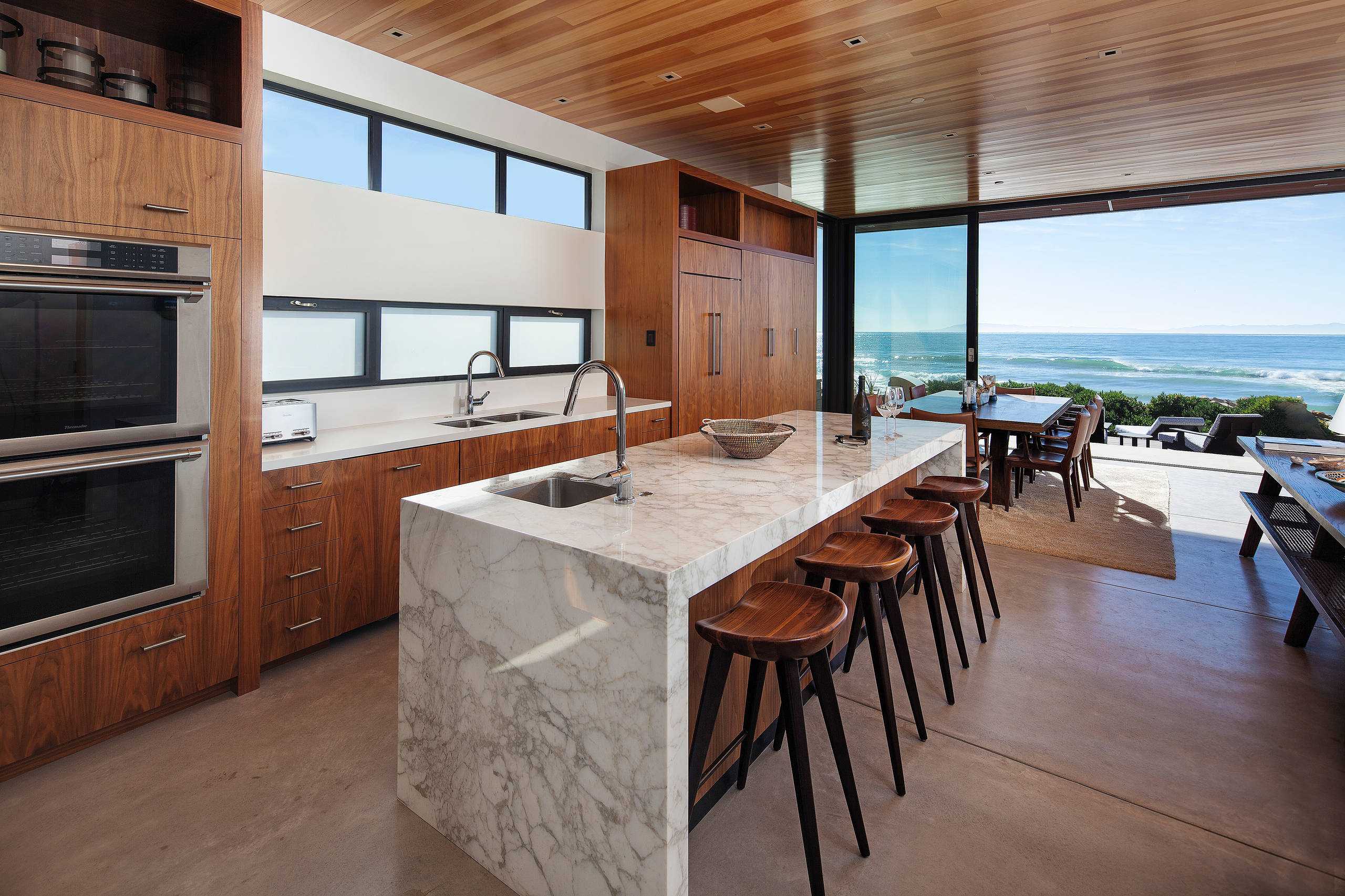

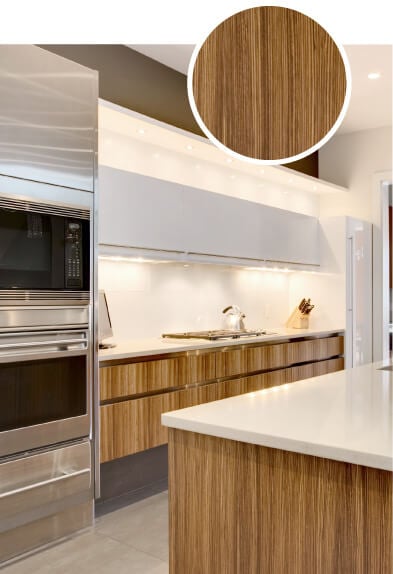


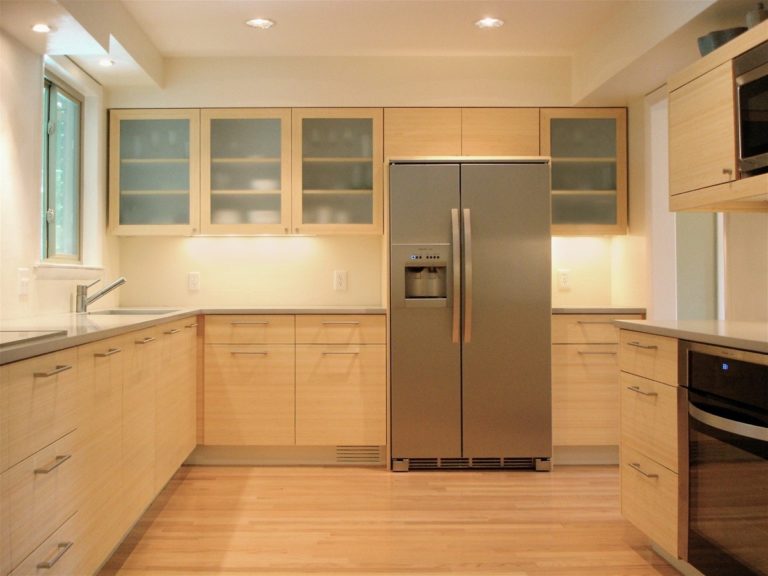



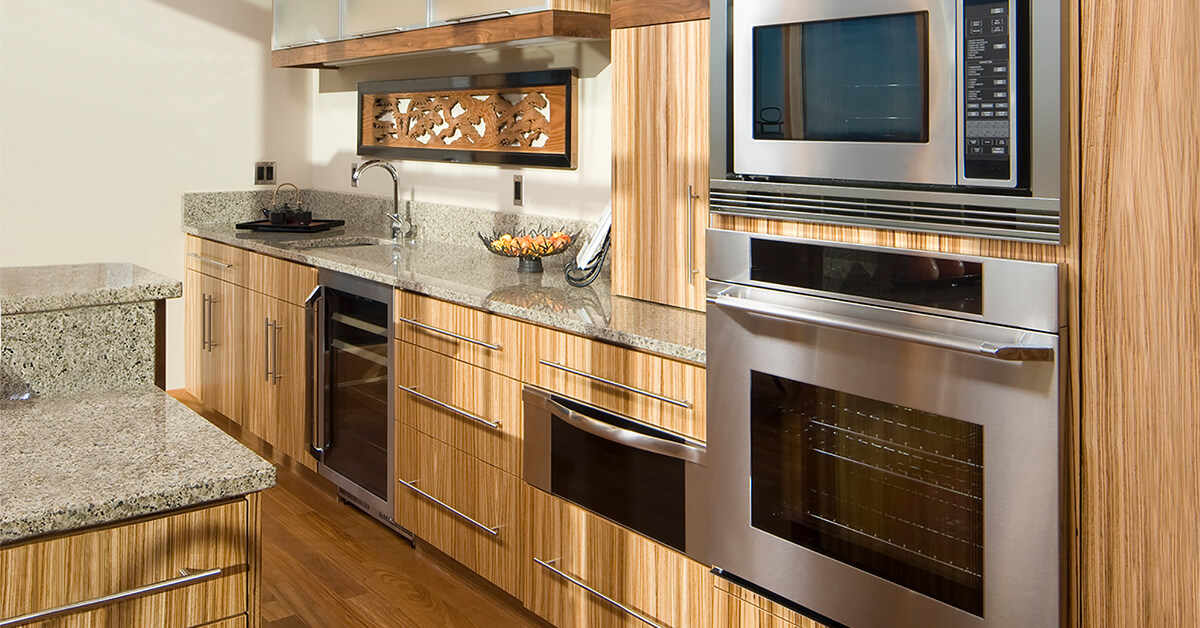
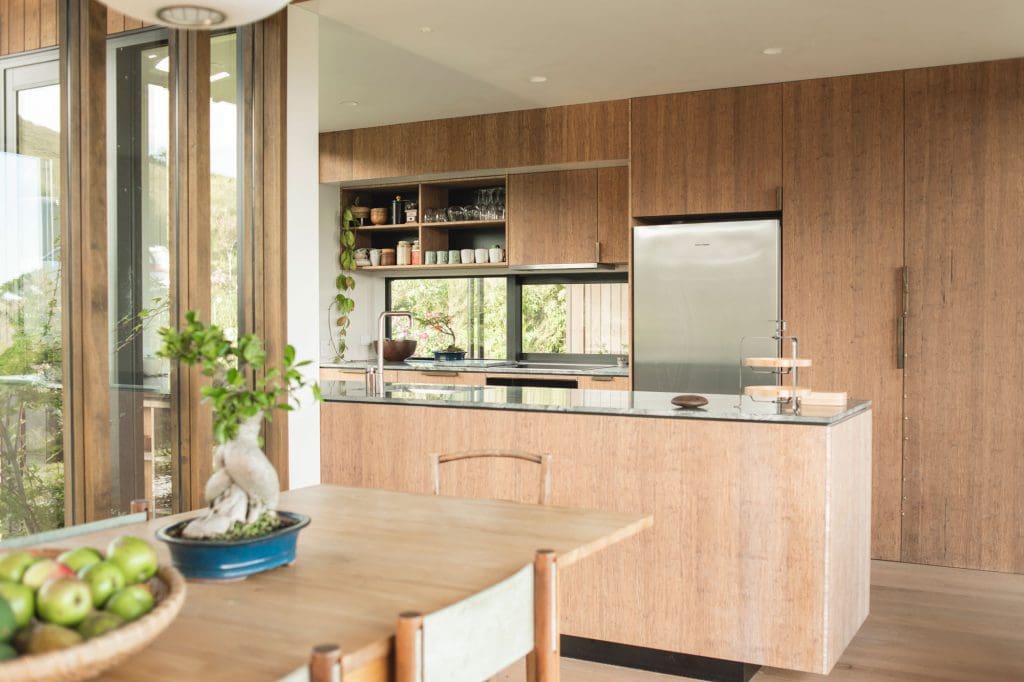
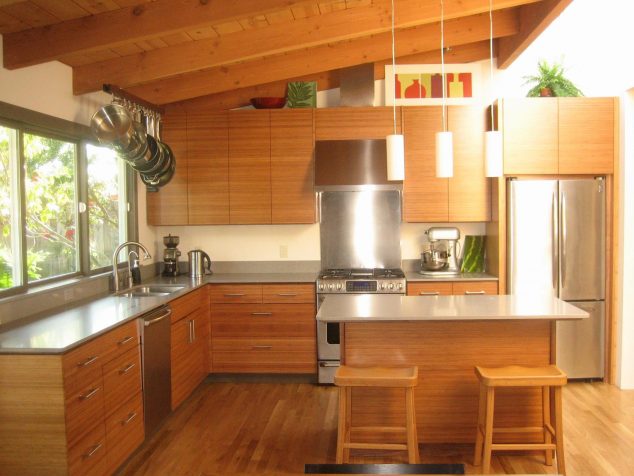





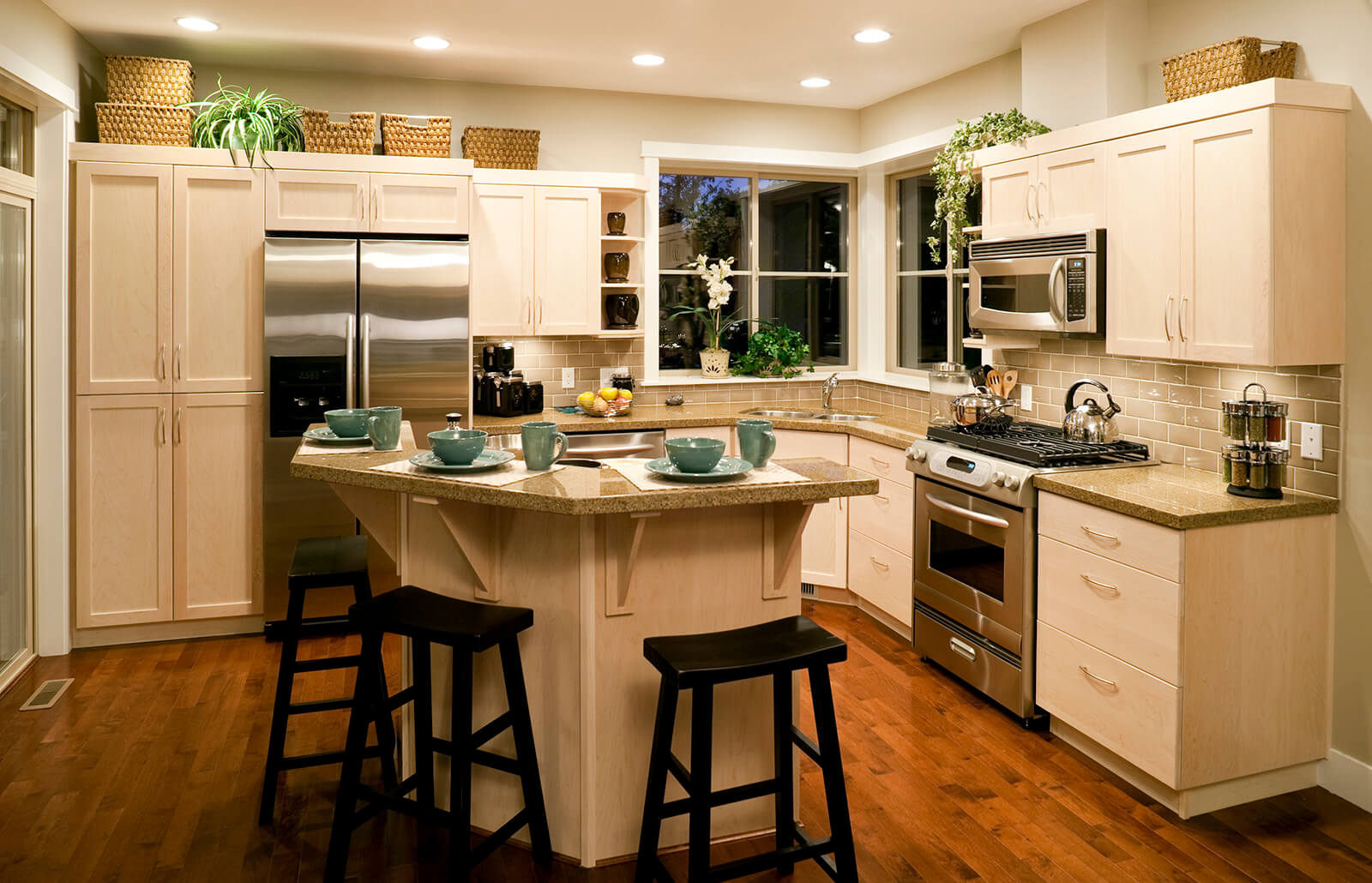
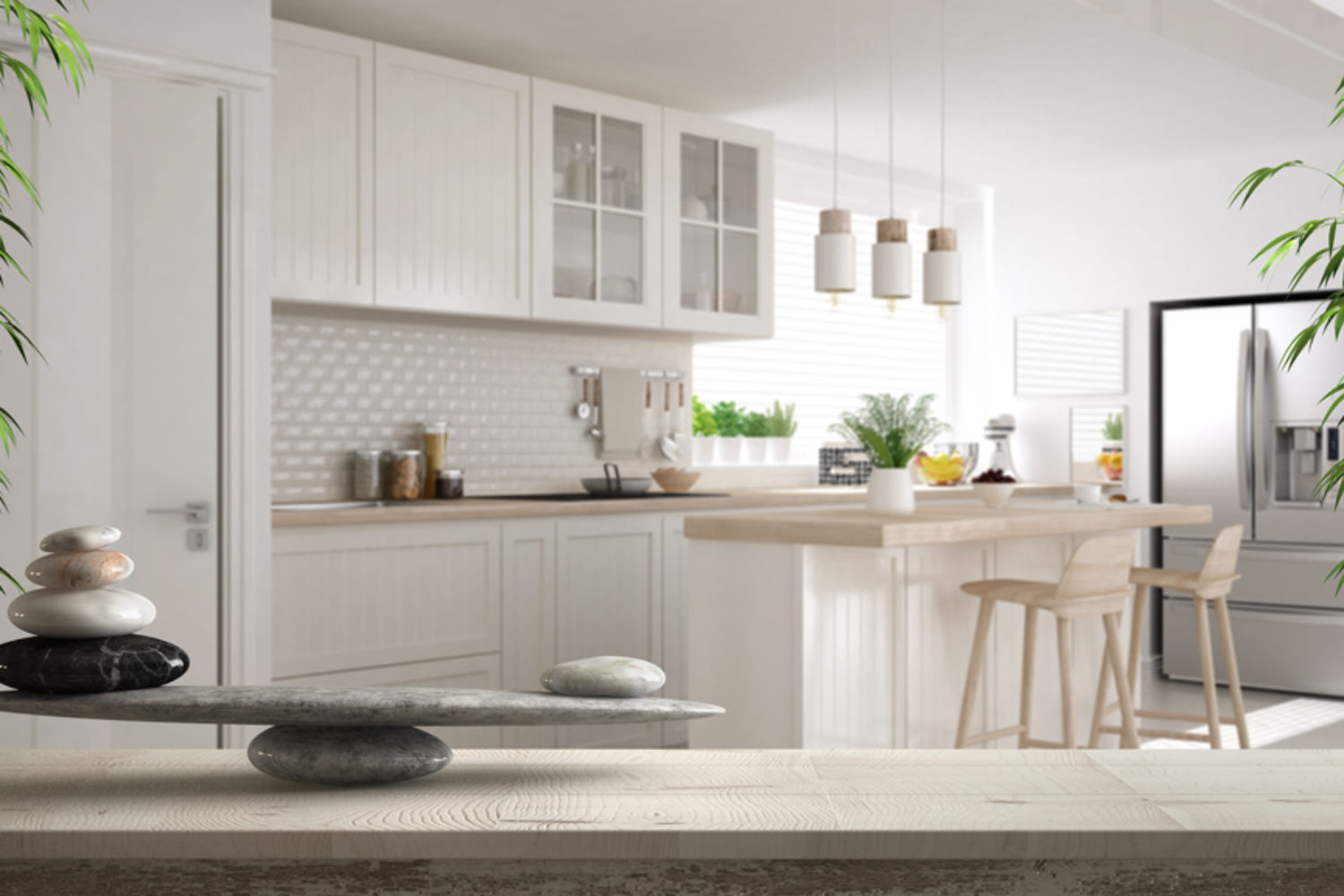

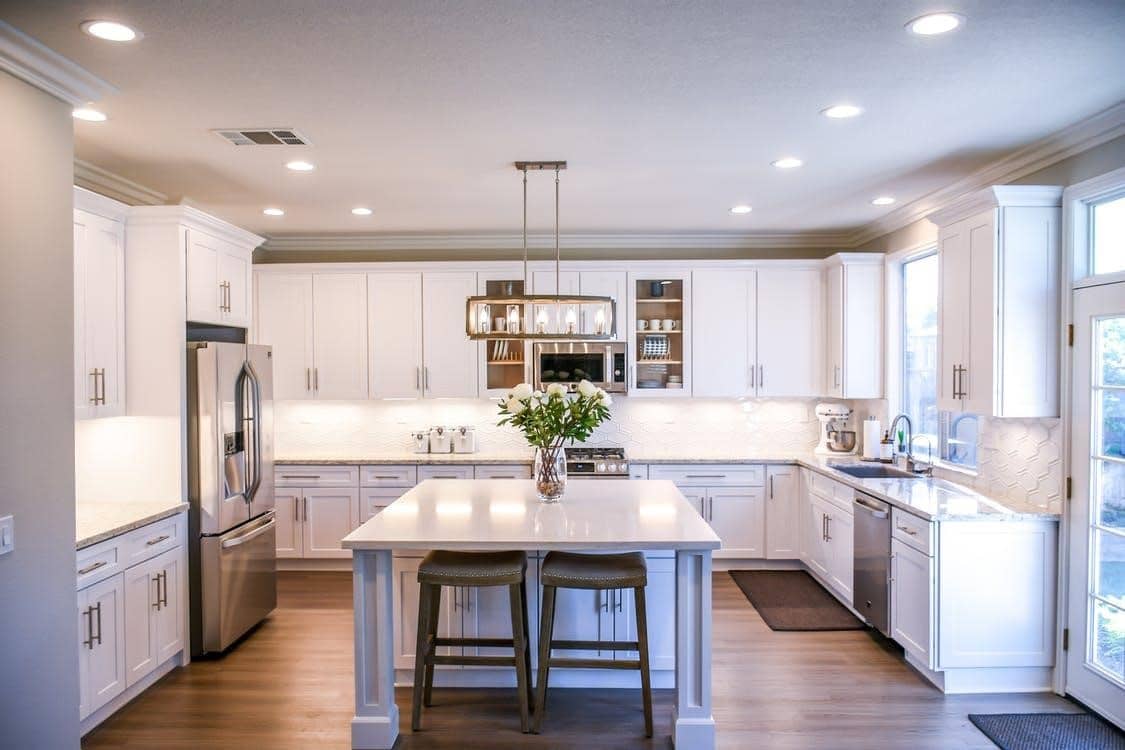

/r-architecture-TRCJ-87Yoh0-unsplash-bf44b463832b43e58f7352815d166ae4.jpg)
:max_bytes(150000):strip_icc()/kitchen-167449465-G1-56a02d155f9b58eba4af44a3.jpg)

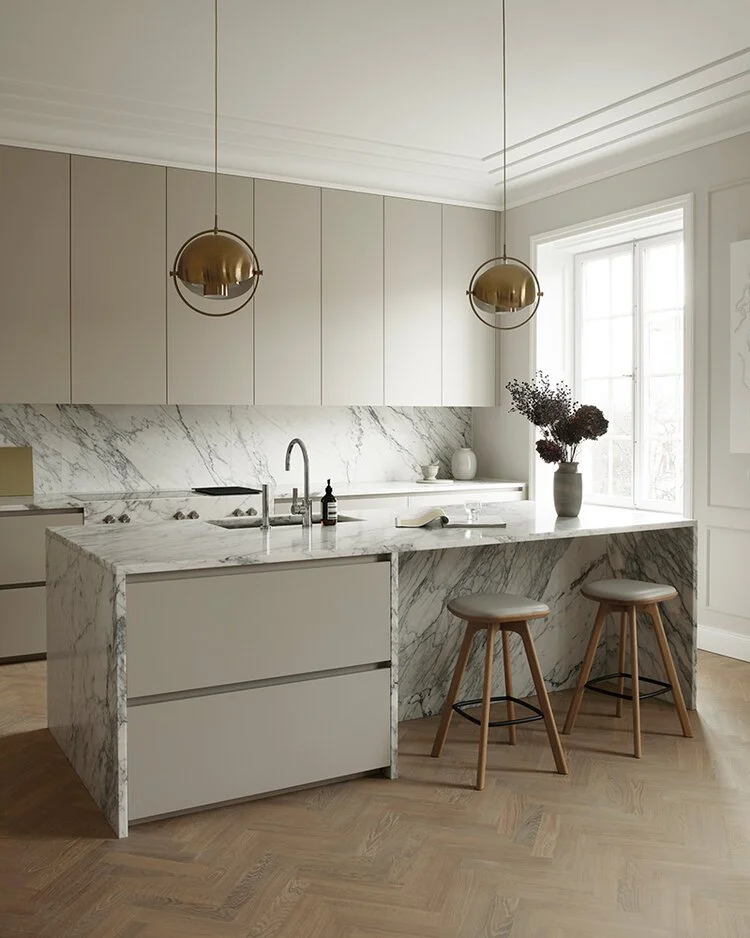

/AlisbergParkerArchitects-MinimalistKitchen-01-b5a98b112cf9430e8147b8017f3c5834.jpg)



